As modern families continue to increase their requirements for bathroom space utilization efficiency, wall-mounted medicine cabinets have gradually become a popular choice in bathroom decoration due to their advantages of saving space and convenient storage. Whether it is storing daily medications, skincare products, or small hygiene items, medicine cabinets serve an essential storage function. However, many people often ignore a key factor when purchasing and installing medicine cabinets: load-bearing capacity.
The load-bearing capacity of a wall mounted medicine cabinet not only determines how many items it can hold but also affects the safety and durability of the cabinet. If the load-bearing capacity is insufficient, the medicine cabinet is prone to deformation, loosening, or even falling risks in daily use, posing a safety hazard to users. Therefore, understanding and reasonably determining the ideal load-bearing capacity of a wall-mounted medicine cabinet is essential for ensuring its stability, durability, and safe use. This article will focus on this topic, combining industry standards and actual installation experience to systematically explore the relevant knowledge of the load-bearing capacity of wall-mounted medicine cabinets, thereby helping designers, manufacturers, and installers scientifically control the load-bearing problem.
1. Why is load-bearing capacity so important?
Although the medicine cabinet is not large, it contains a wide variety of items, and its weight should not be underestimated. Standard medicine bottles, skin care cans, razors and even small electrical appliances often have a cumulative weight that exceeds the average person's expectations. Suppose the medicine cabinet is not designed to withstand sufficient weight. In that case, long-term use can easily lead to deformation of the cabinet, loosening of the hardware, and even uneven force on the wall, resulting in cracks or the cabinet falling off the wall.
Additionally, the bathroom environment is humid and full of moisture, placing higher demands on the durability of the cabinet and its mounting parts. Insufficient load-bearing medicine cabinets not only affect the service life, but are also likely to cause safety accidents in extreme cases. Therefore, from material selection to installation method, ensuring that the medicine cabinet has sufficient load-bearing capacity is crucial for providing both user safety and product quality.

2. Key factors affecting the load-bearing capacity of medicine cabinets
Ø Material determines basic load-bearing capacity
The hardness and stability of the cabinet material are the primary checkpoints for determining its load-bearing capacity. Solid wood, metal, or high-density panels typically exhibit better load-bearing performance than ordinary MDF or plastic materials due to their stable structure and high strength. The durability and moisture resistance of the material should be given priority in design.
Ø Hardware quality and installation method
The quality of cabinet door hinges, hooks, and fixing screws directly affects the overall load-bearing limit of the medicine cabinet. High-strength, stainless steel hardware, combined with effective installation methods such as mounting on wall keels or reinforcement plates, can significantly enhance the safety factor. On the contrary, using ordinary plastic hooks or relying solely on gypsum board fixing methods often results in a load-bearing capacity that cannot meet the requirements.
Ø Wall type
The load-bearing capacity of different walls varies significantly. Concrete walls and brick walls have a substantial load-bearing capacity and are suitable for installing large and heavy medicine cabinets. In contrast, lightweight partition walls (such as gypsum board walls) require additional reinforcement measures, as they are prone to insufficient load-bearing and damage to the wall if not adequately supported. When installing, it is necessary to select appropriate mounting parts and reinforcement solutions based on the actual wall situation.
3. Reference for recommended load-bearing capacity of wall-mounted medicine cabinets
The following table provides the reasonable load-bearing range of common-sized wall-mounted medicine cabinets, intended for design and installation reference purposes only. The specific load-bearing capacity should also be adjusted in combination with the use environment and specific product design.
|
Cabinet Size (W x H x D inches) |
Recommended Weight Capacity (lbs) |
Application Scenario |
|
Small (≤15.7 x 19.7 x 4.7) |
22 - 33 |
Lightweight medicines and daily items for home use |
|
Medium (15.7–23.6 x 23.6–31.5 x 5.9–7.9) |
44 - 66 |
Standard home medicine cabinets with moderate storage needs |
|
Large (≥23.6 x 31.5 x 7.9) |
77 - 110 |
Public or commercial spaces with heavy storage requirements |
4. Best Practices in Actual Installation
Accurately measure and select the correct installation location
First, use a detector to locate the position of the keel in the wall, ensuring that the hook is fixed to the load-bearing structure to prevent instability caused by only installing it with gypsum board.
Use high-quality hooks and fixings.
Select corrosion-resistant and high-strength metal hooks and expansion screws to ensure long-term stable load-bearing.
Reasonable distribution of the load in the cabinet
Avoid placing all heavy objects on one side of the medicine cabinet. Even distribution can effectively reduce local pressure.
Wall reinforcement measures
Lightweight walls can be reinforced with wooden or metal plates to improve their overall load-bearing capacity.
Regular inspection
After using it for some time, regularly check the looseness of the hooks and hardware and maintain them as needed.
5. Summary
The load-bearing capacity of wall-mounted medicine cabinets directly affects their safety and life. Reasonable material selection, scientific design and standardised installation are the key to ensuring the stability and reliability of medicine cabinets. Combined with the wall structure and storage needs, clarifying the reasonable load-bearing range, utilising high-quality hardware accessories, and employing effective installation methods can significantly enhance the safety factor and user experience of the product.
In the future, with the development of smart home and bathroom design, medicine cabinets must not only meet basic load-bearing requirements, but also take into account beauty and versatility. All parties in the industry should pay attention to load-bearing standards and construction specifications to promote products to a safer, more practical and personalised direction.

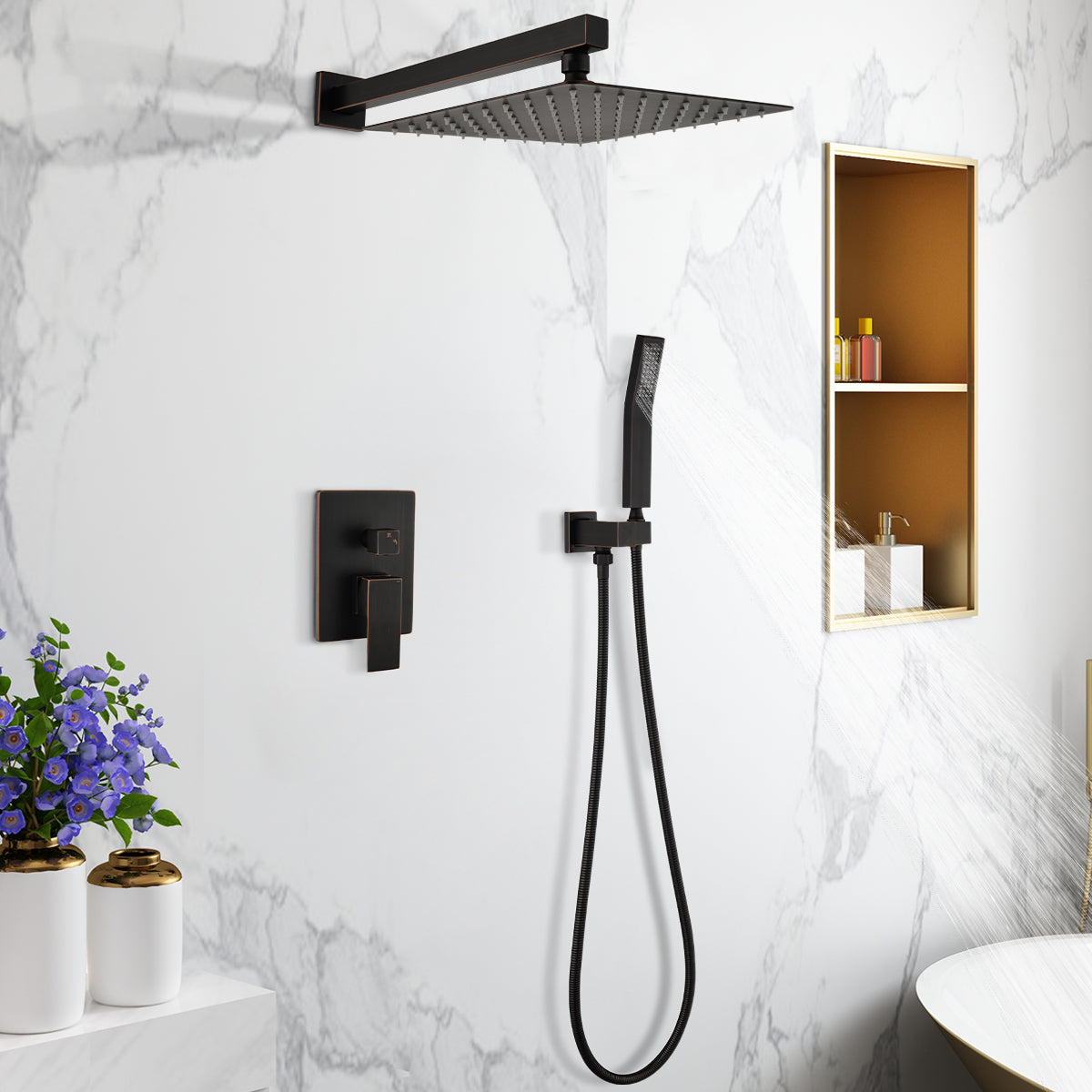
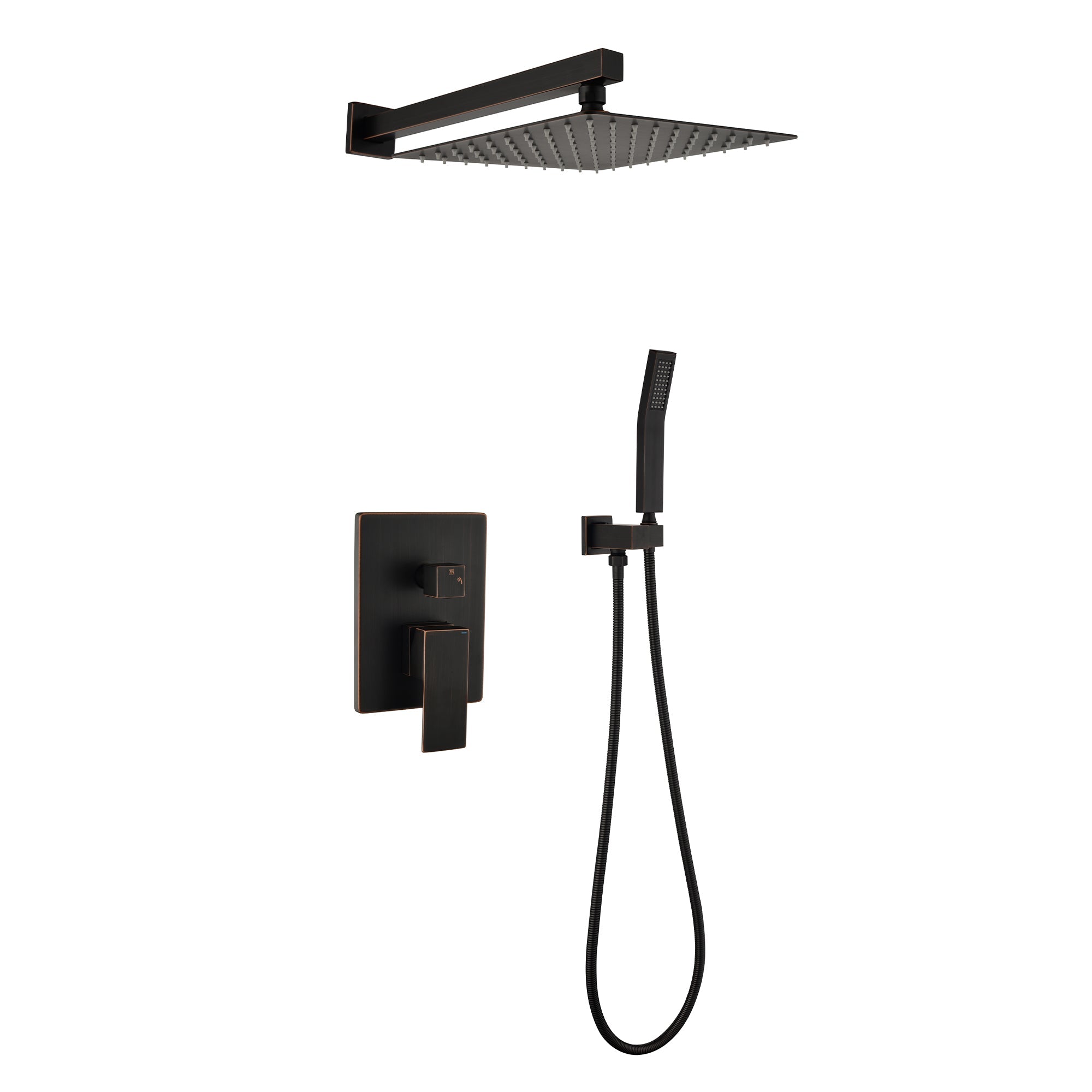


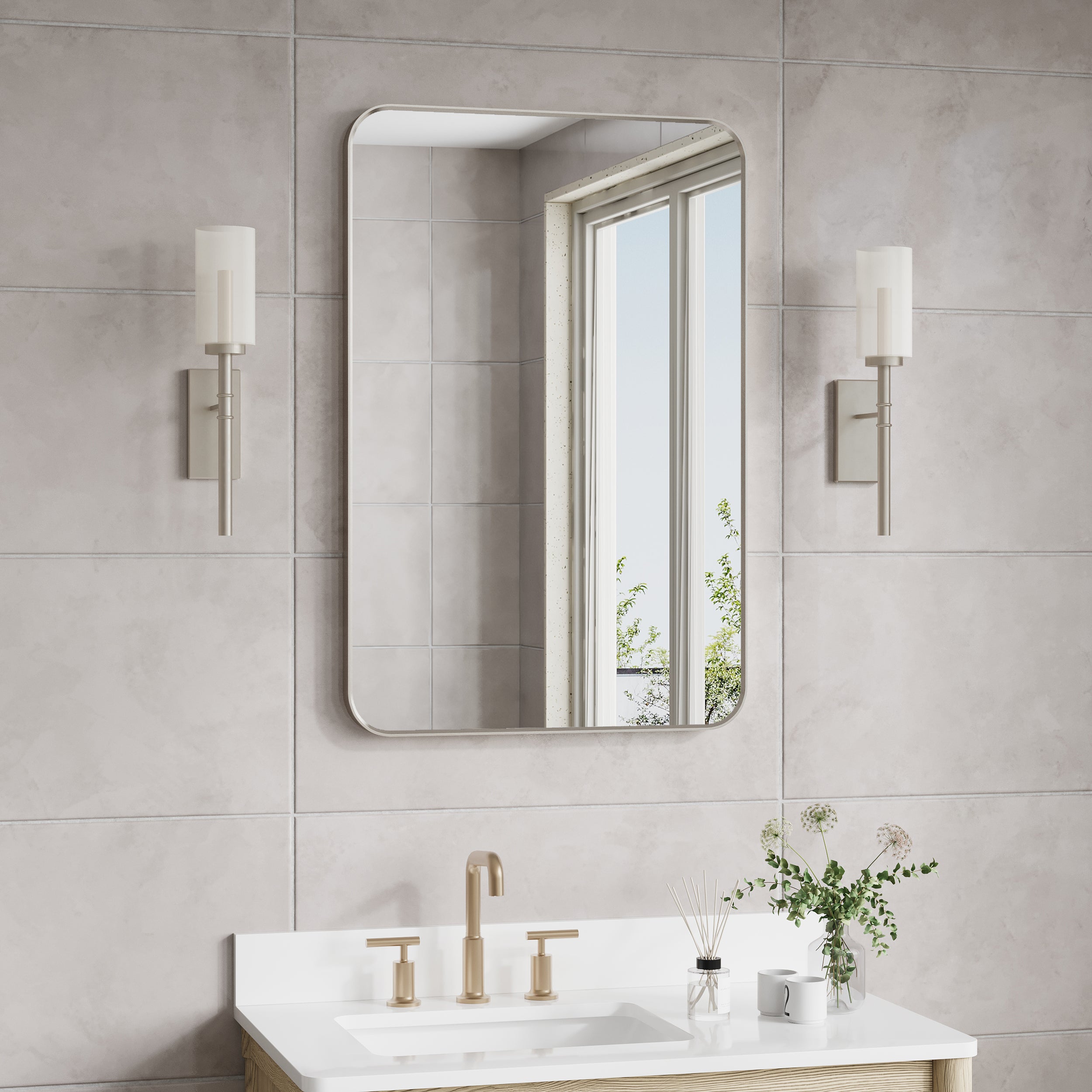
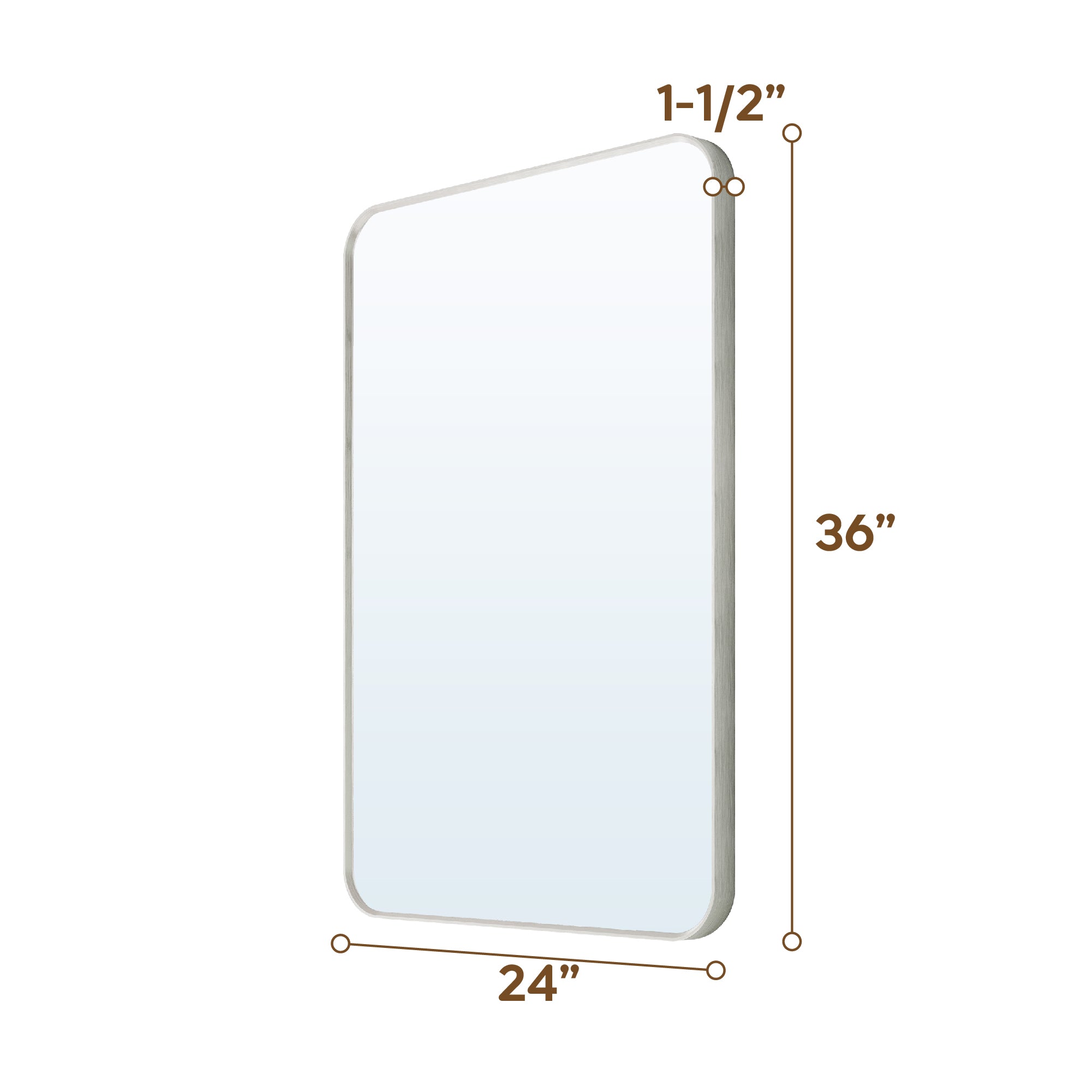

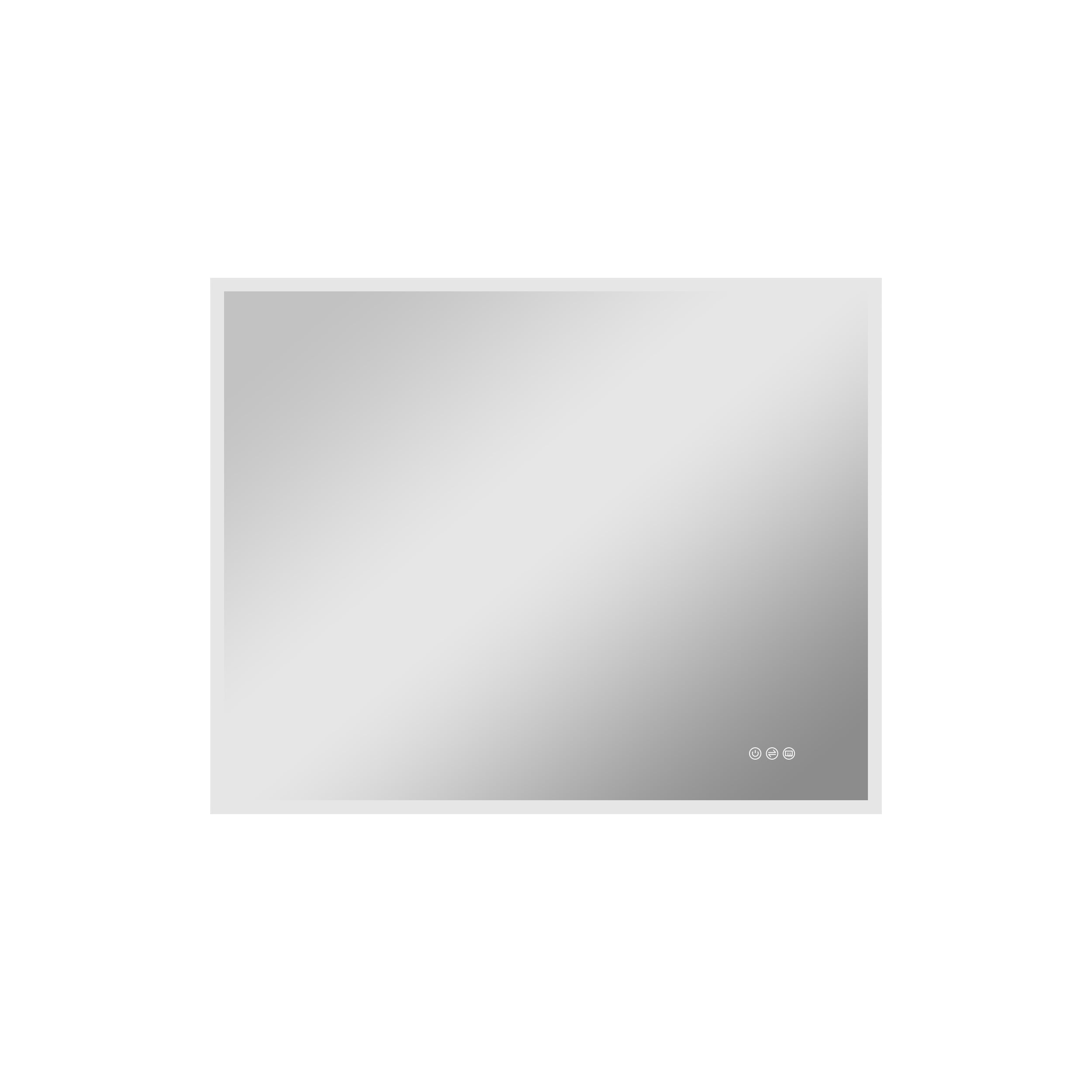
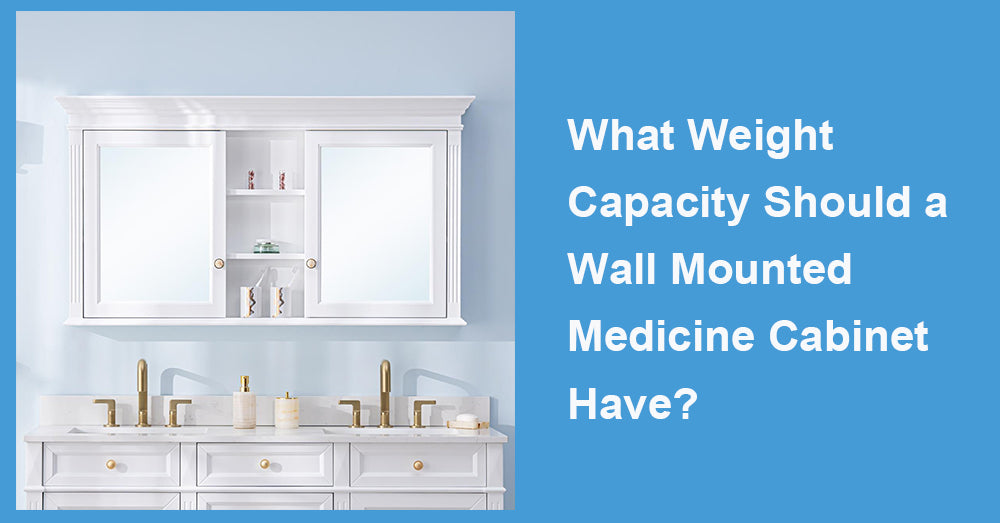
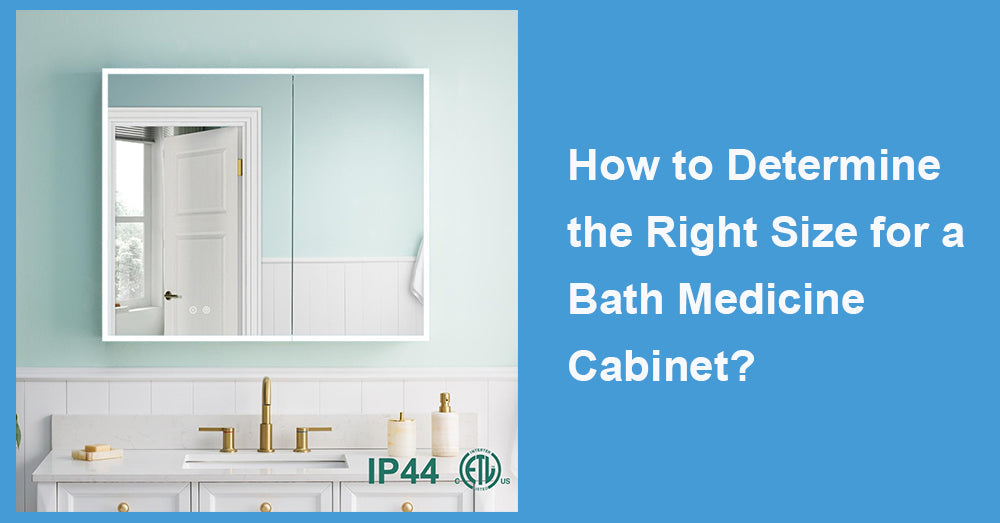

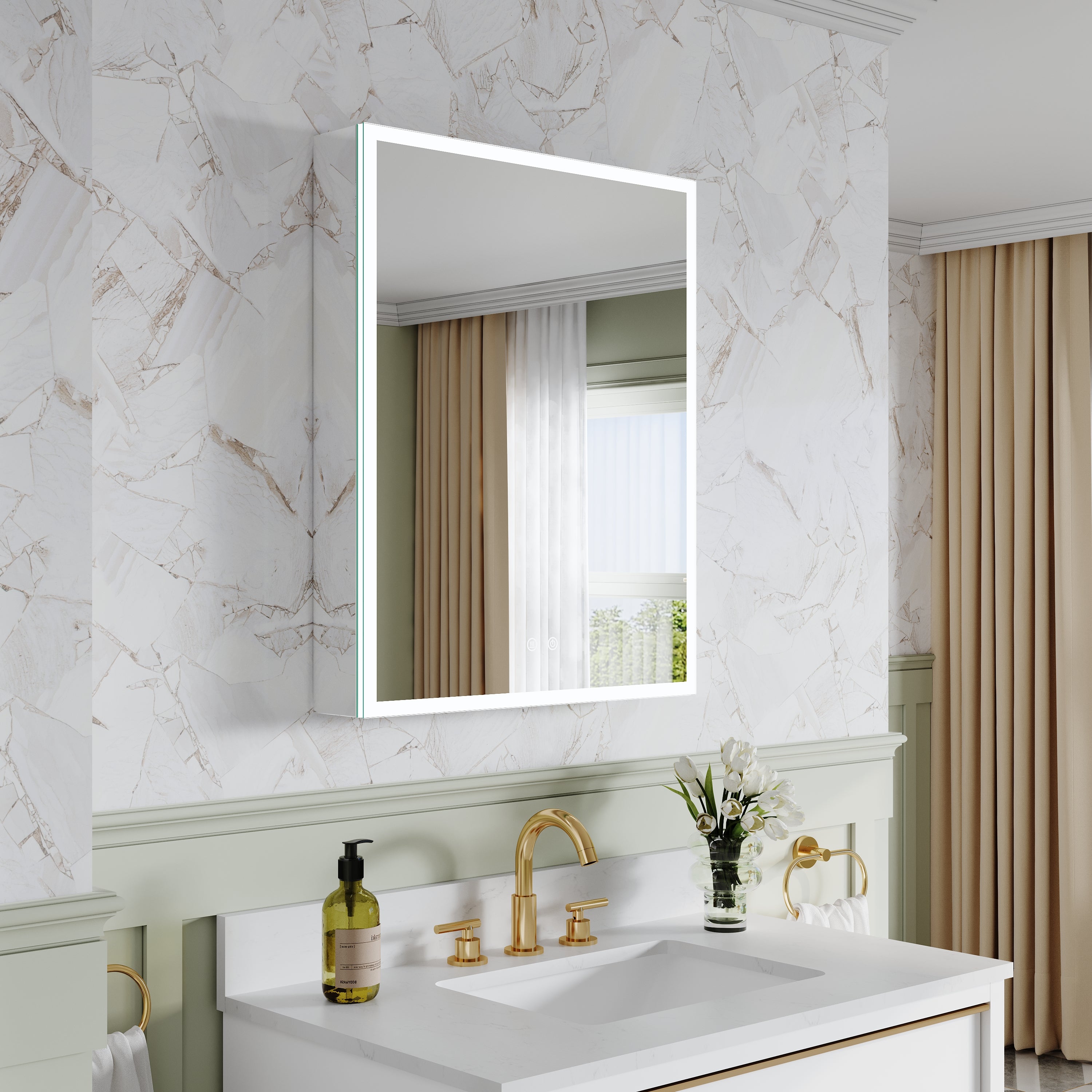
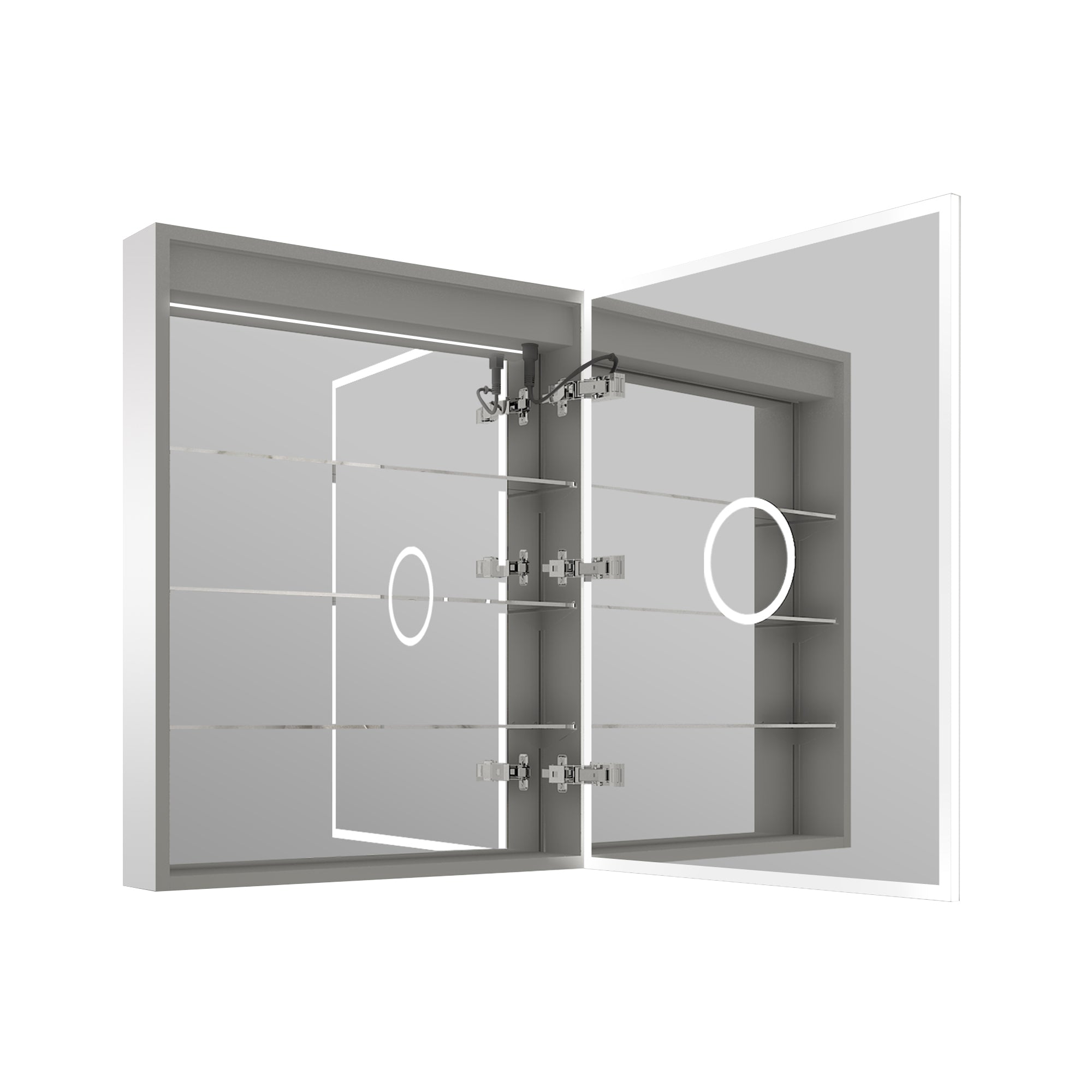
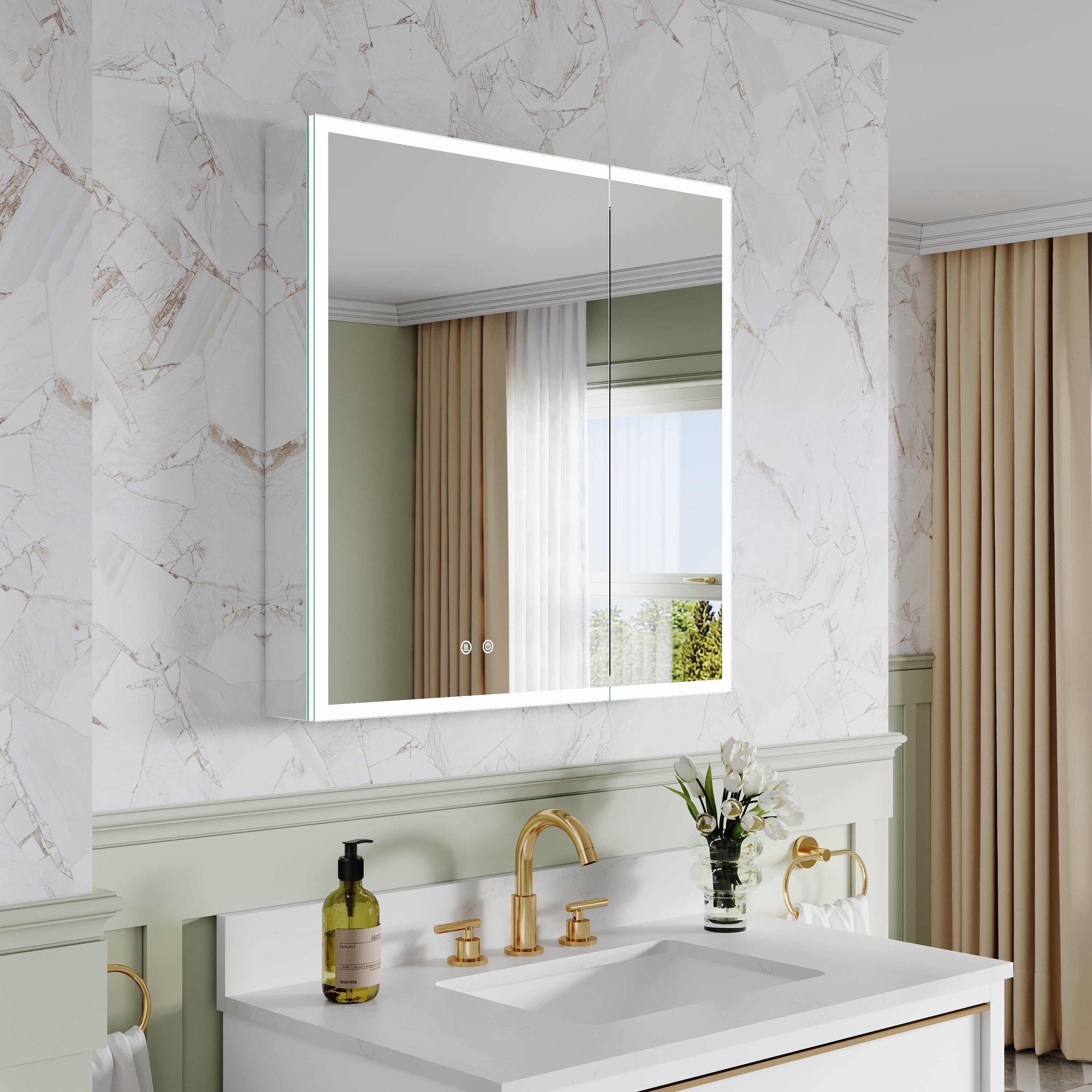
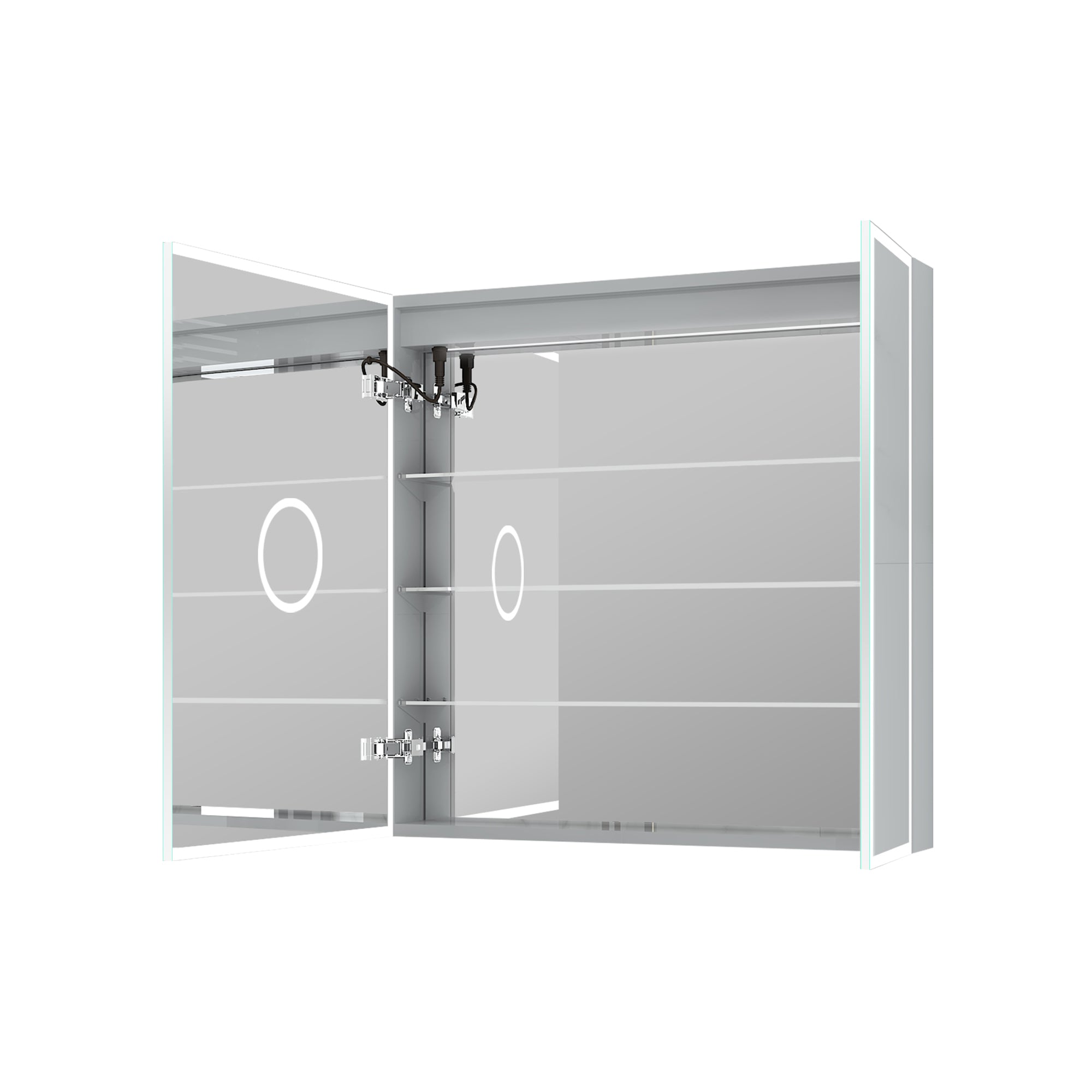
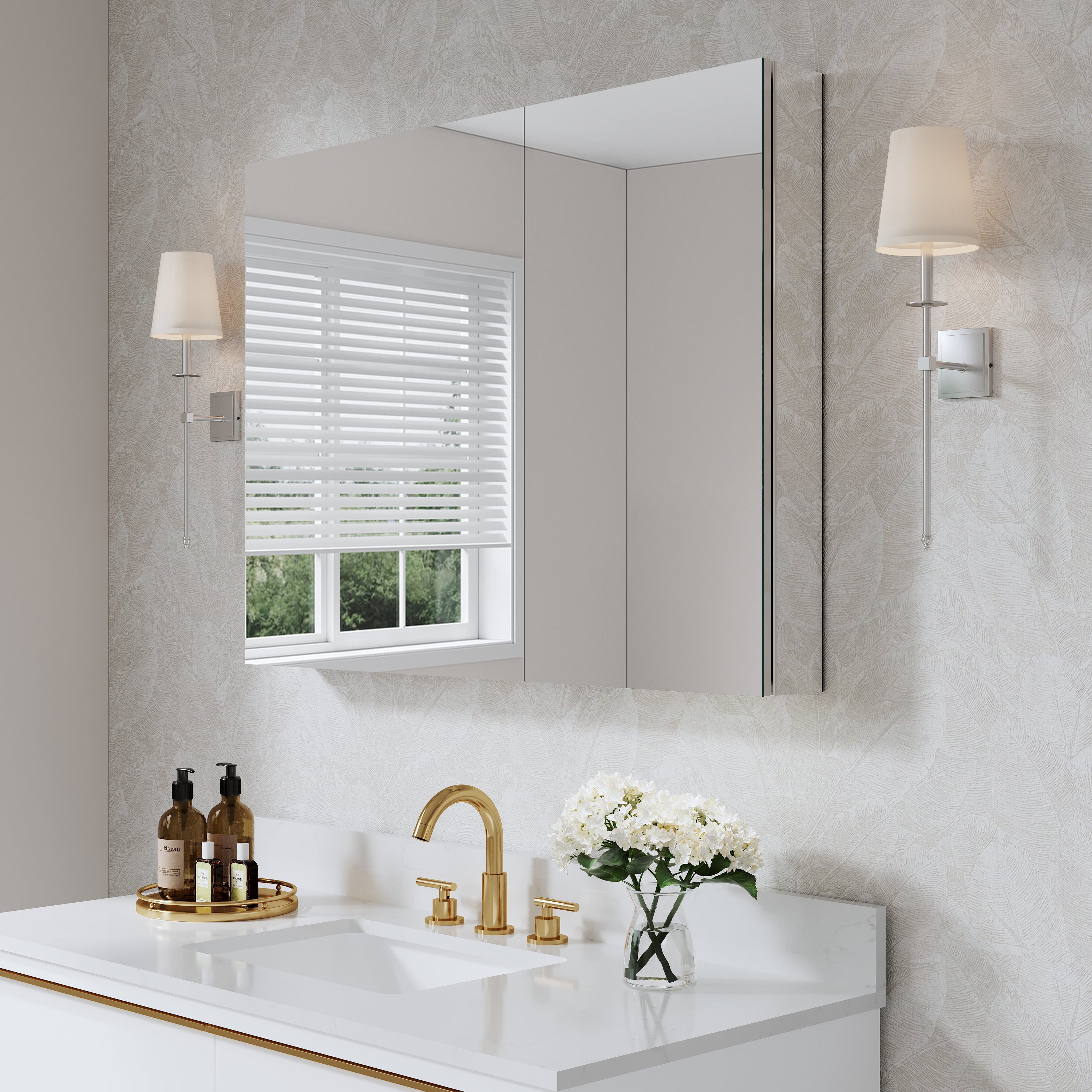

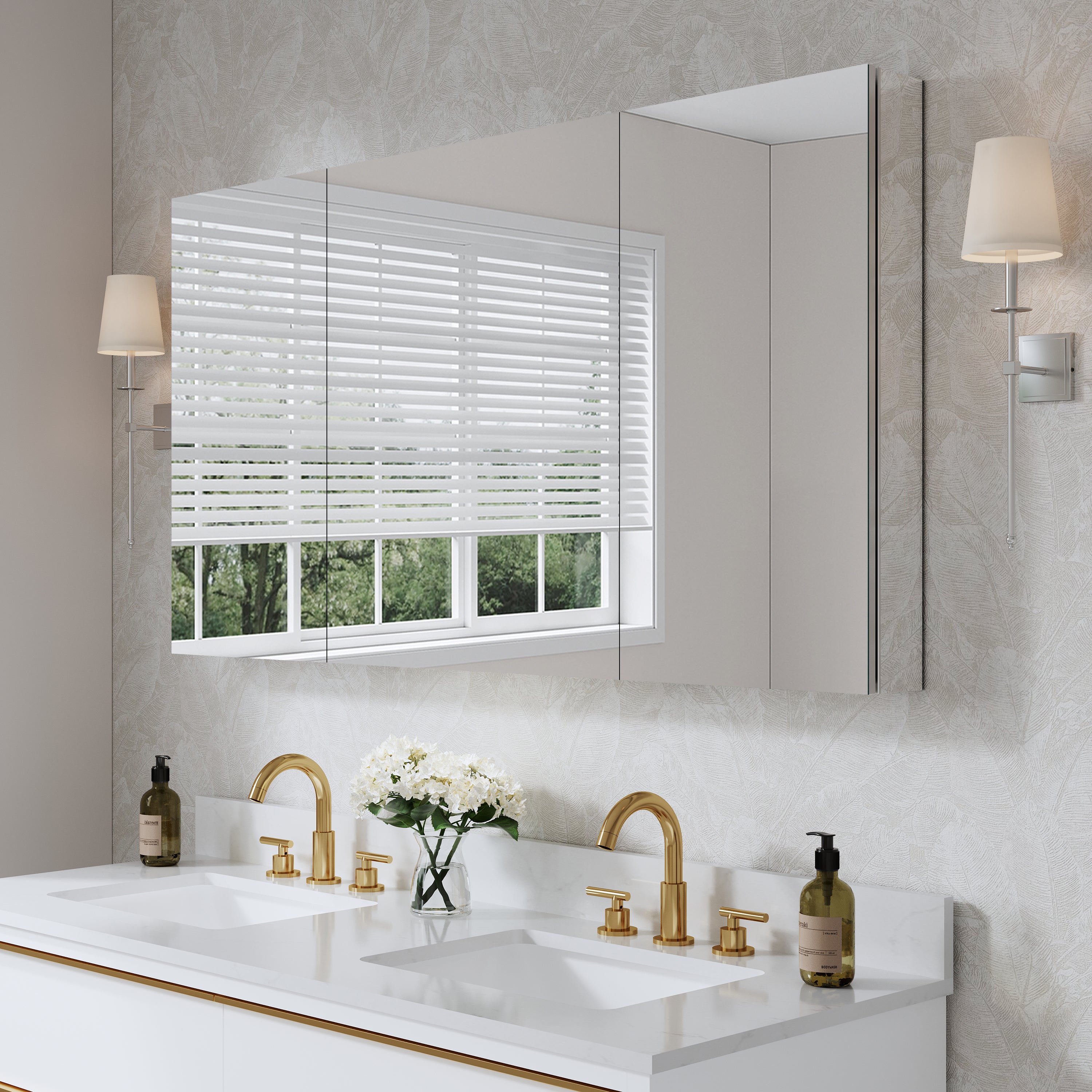

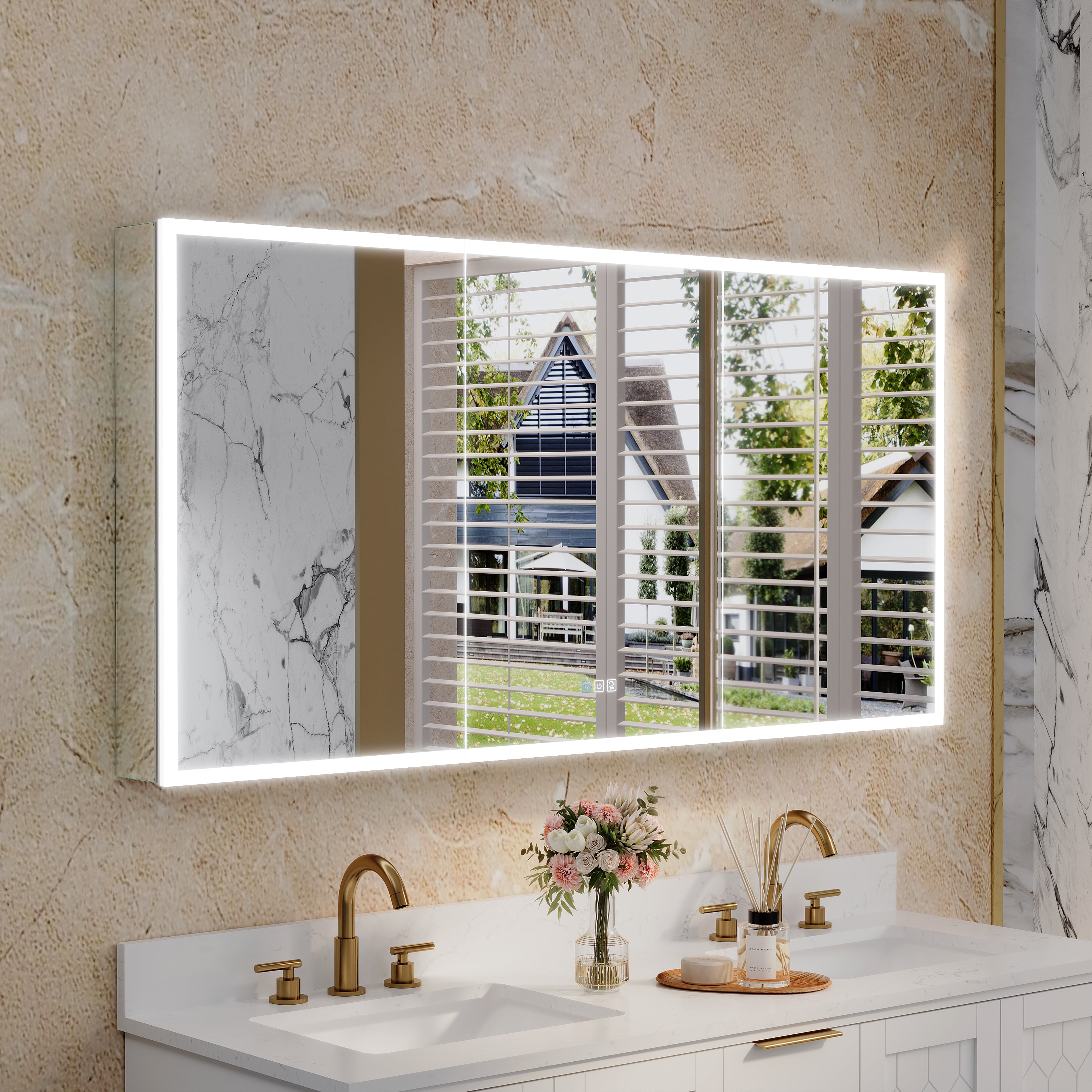

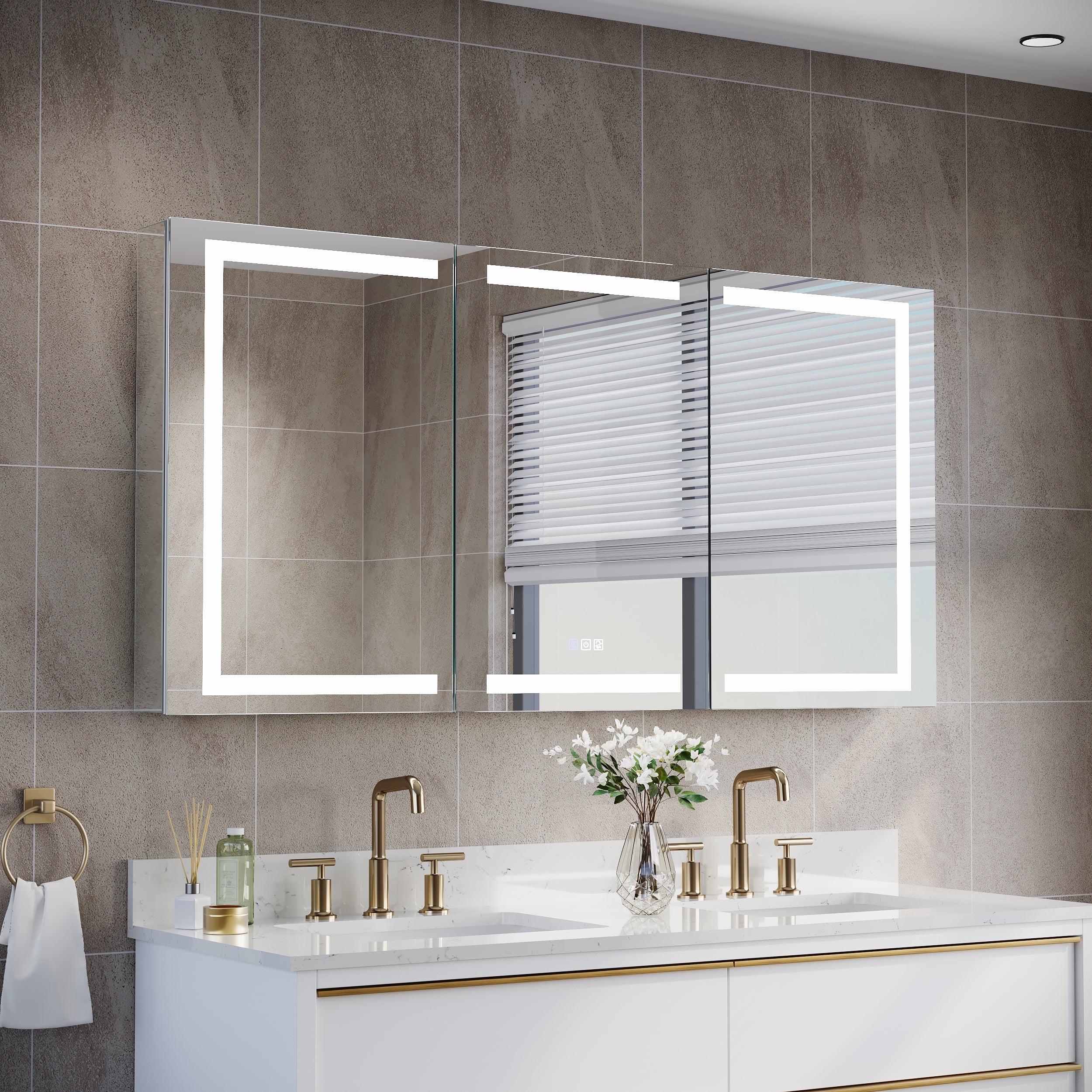


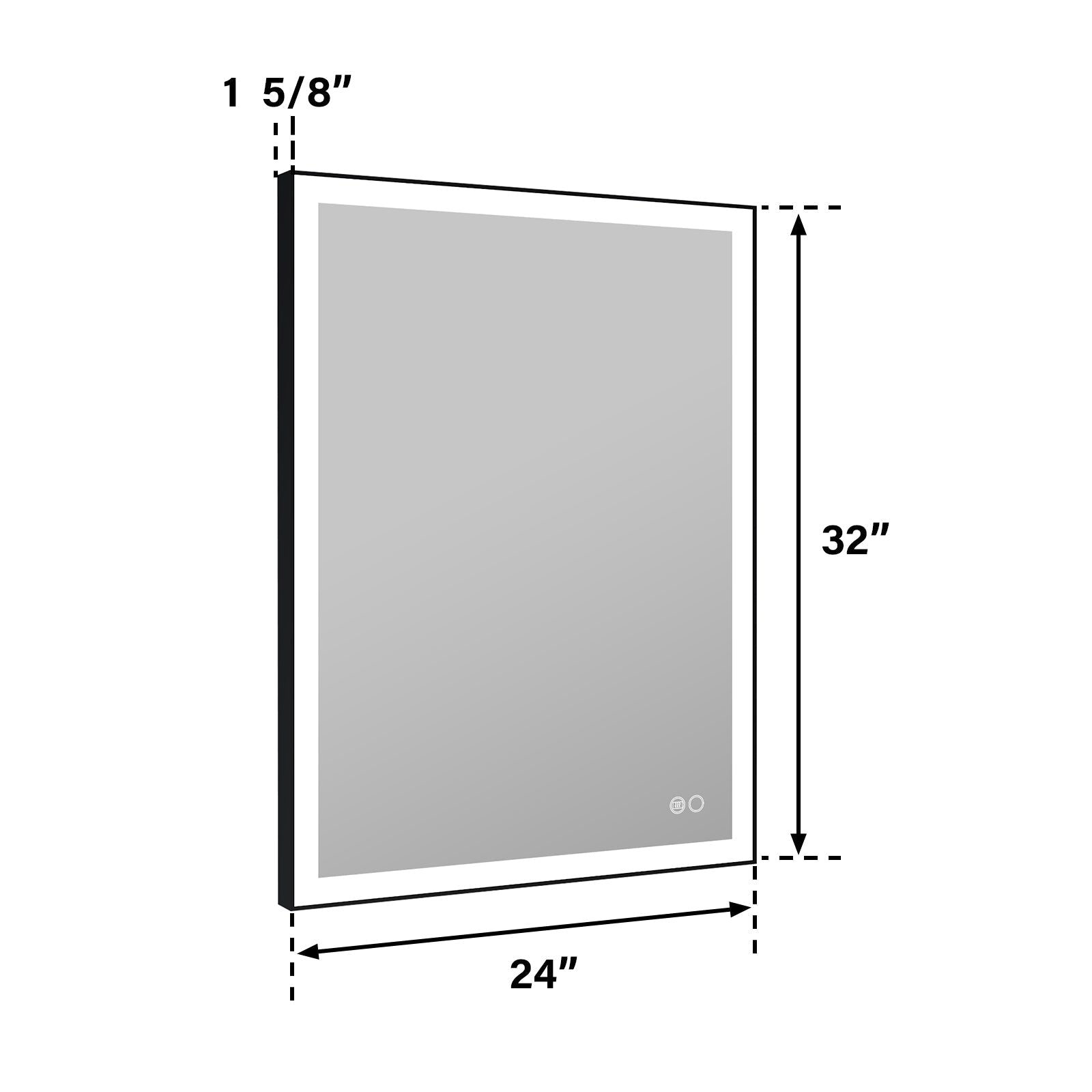
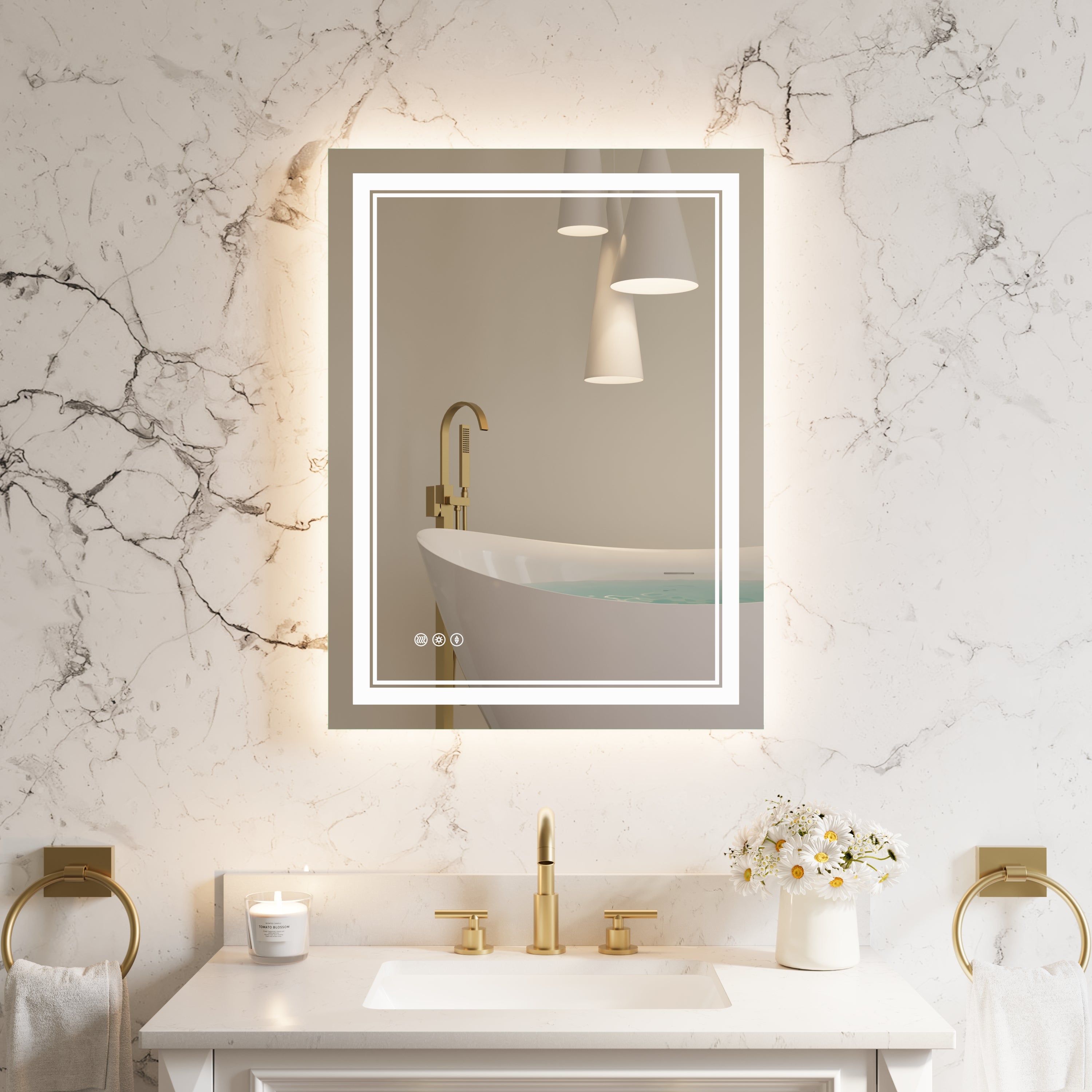
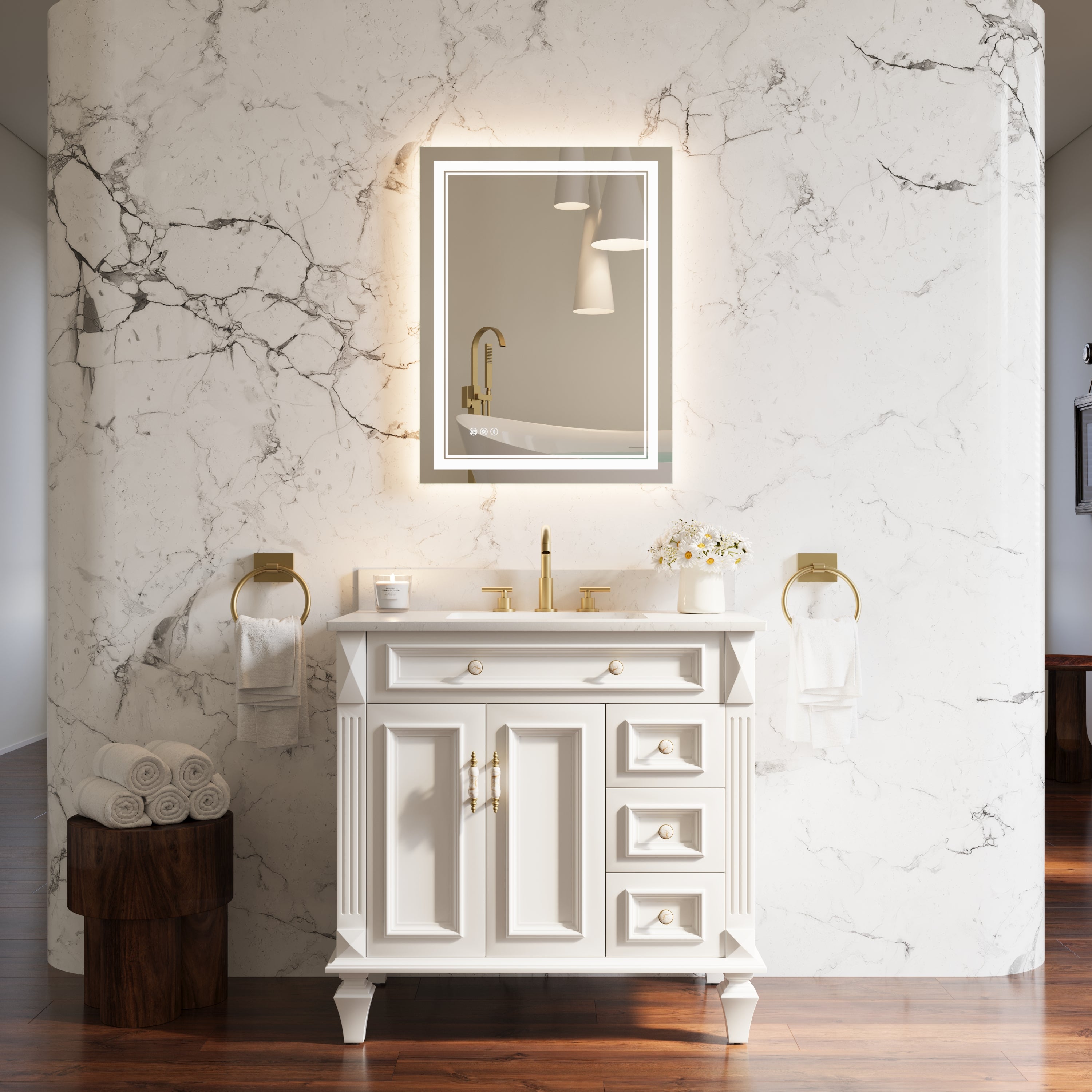
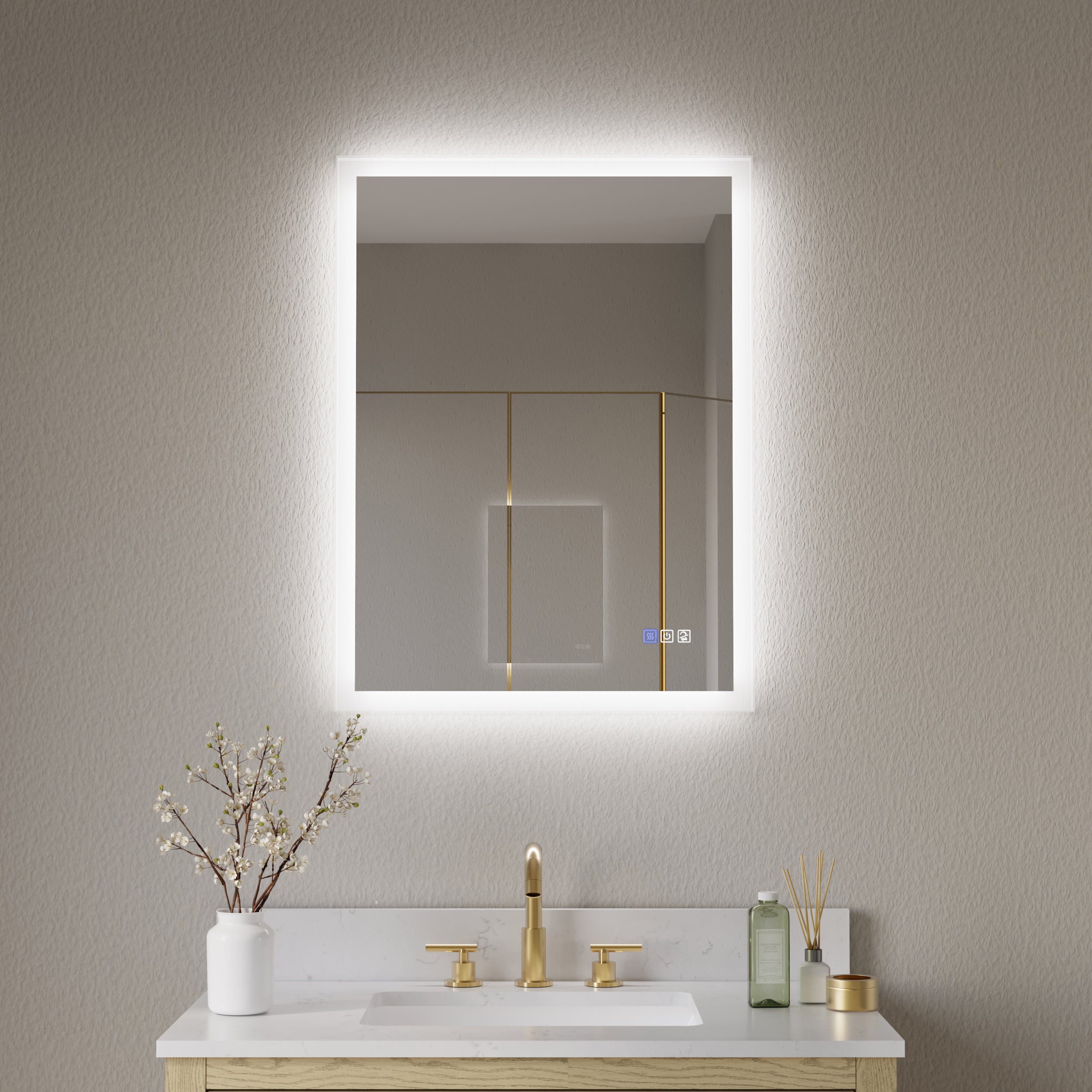

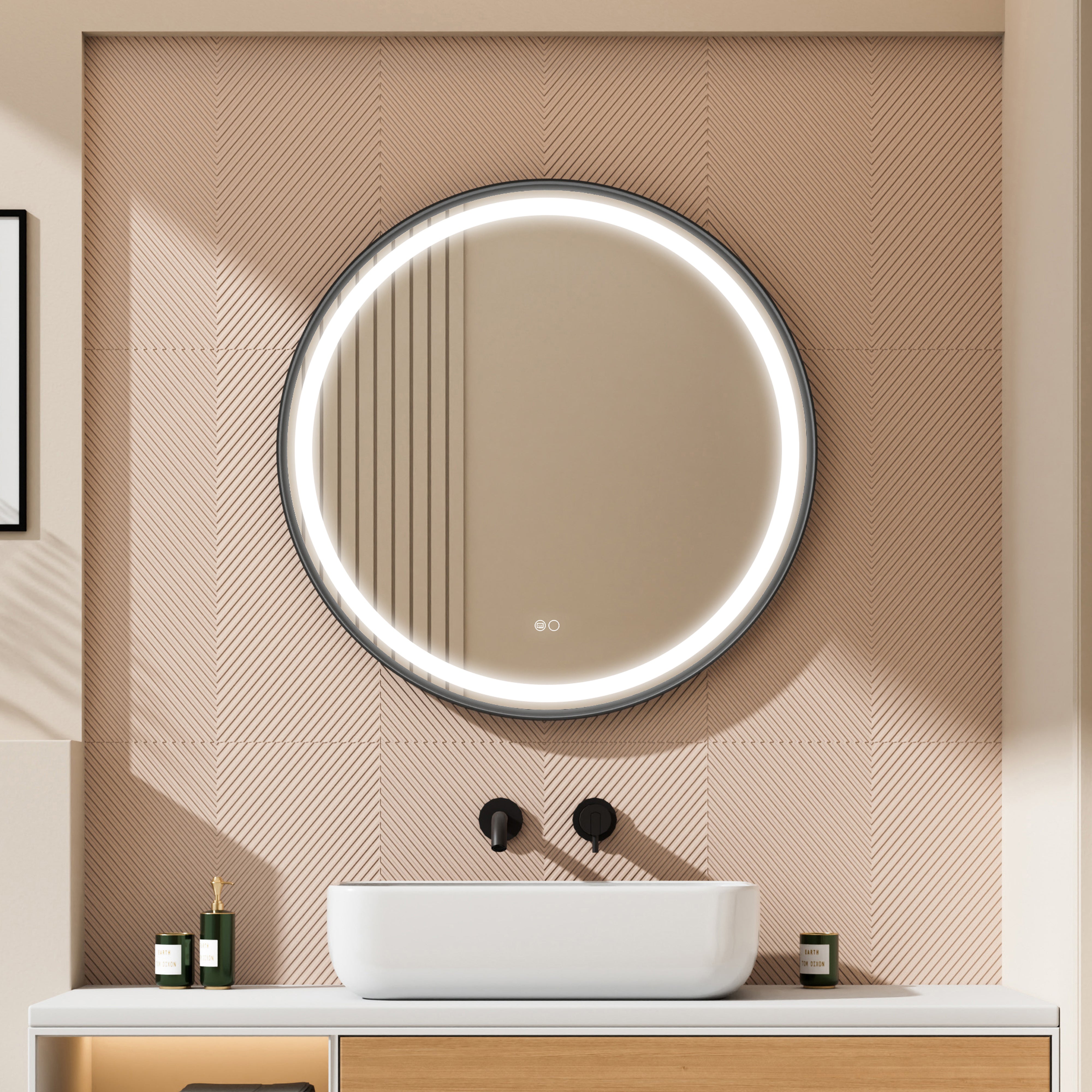
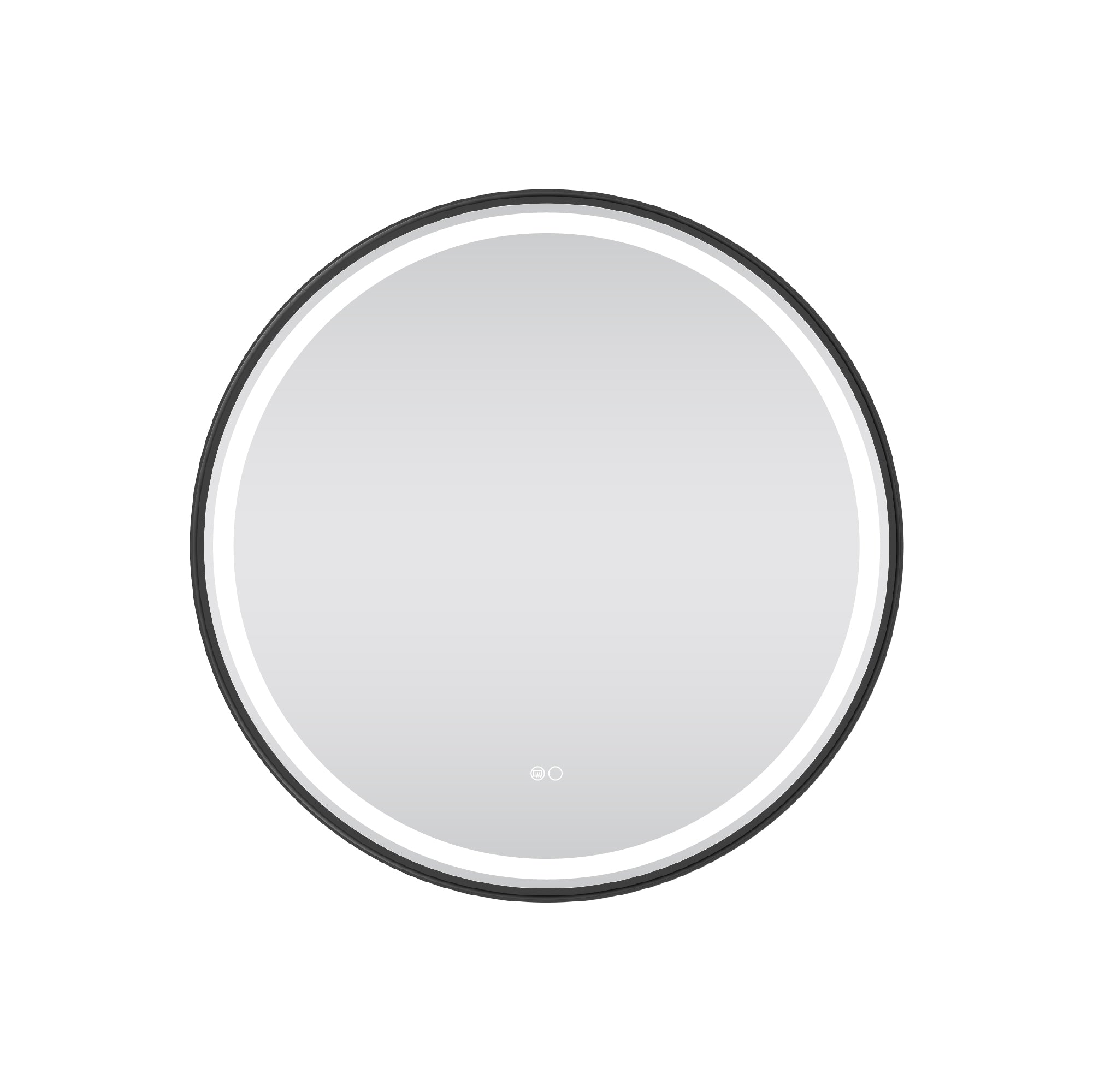


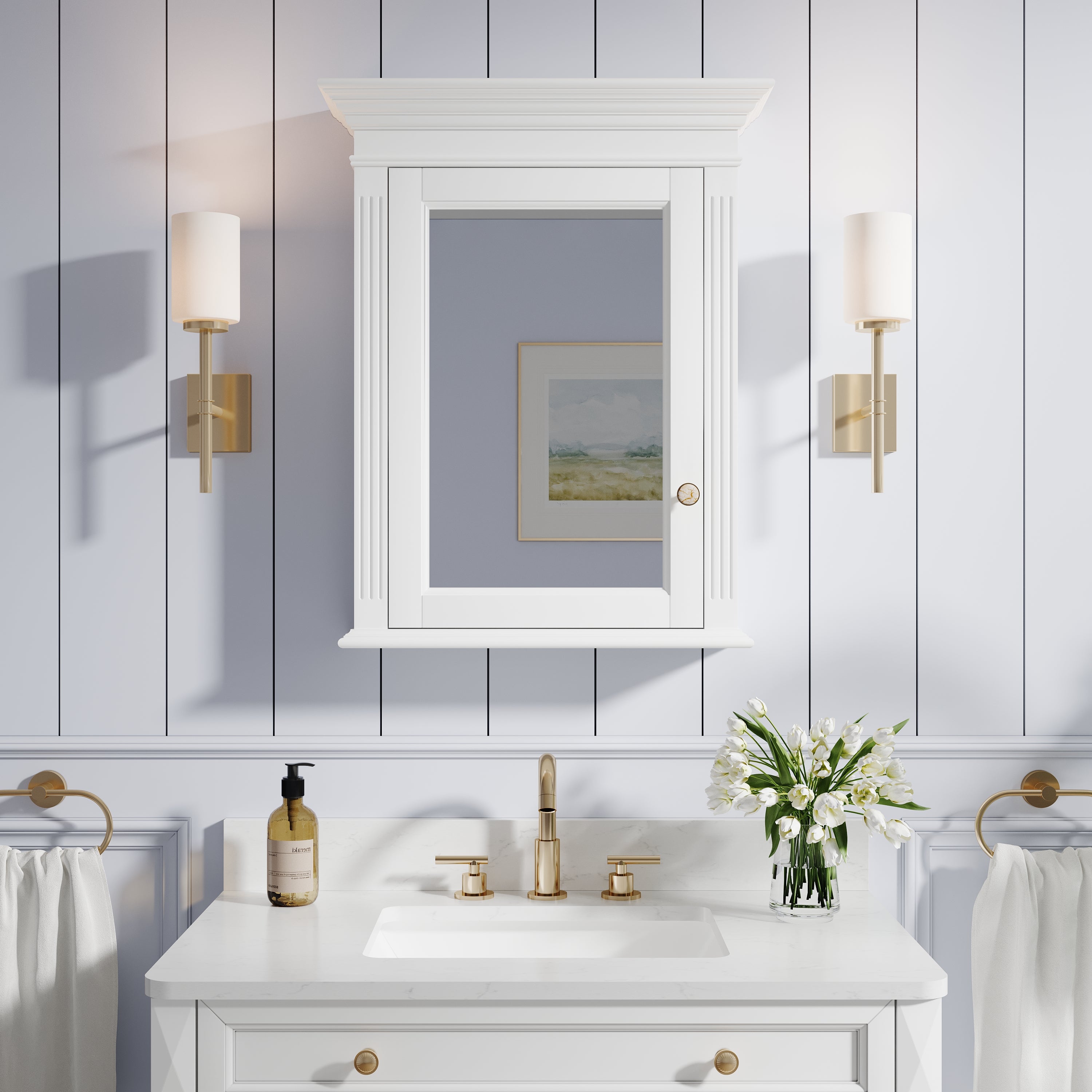
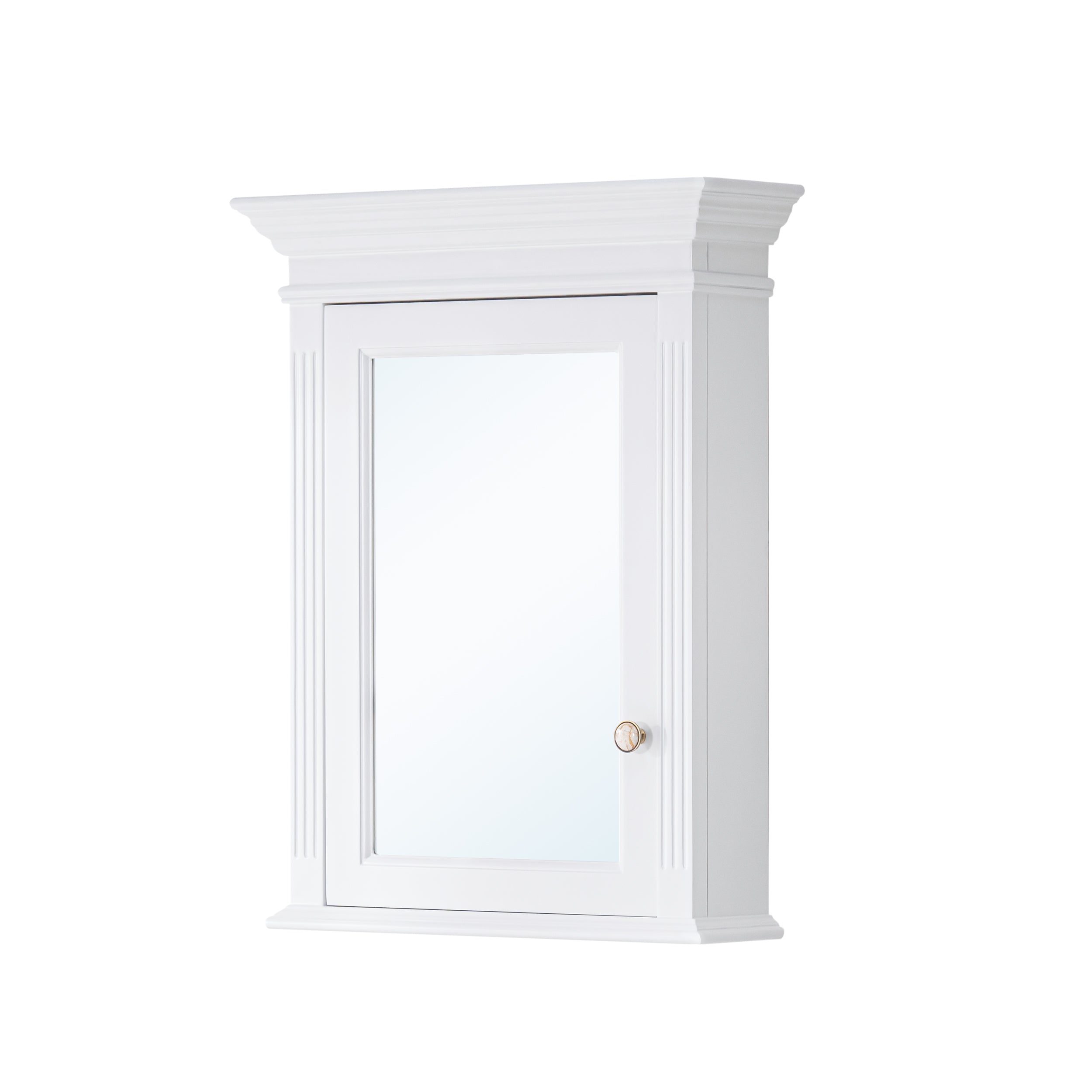
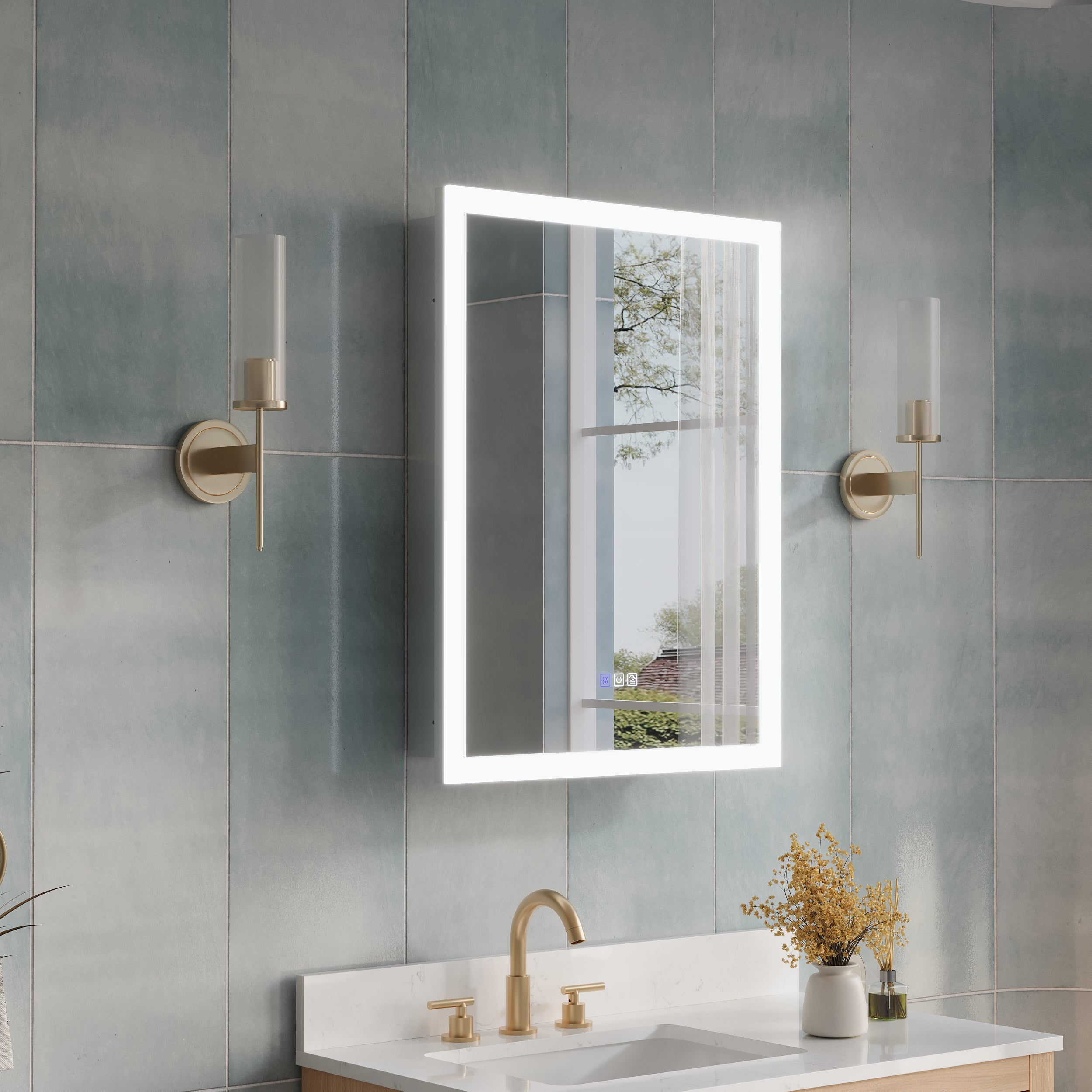

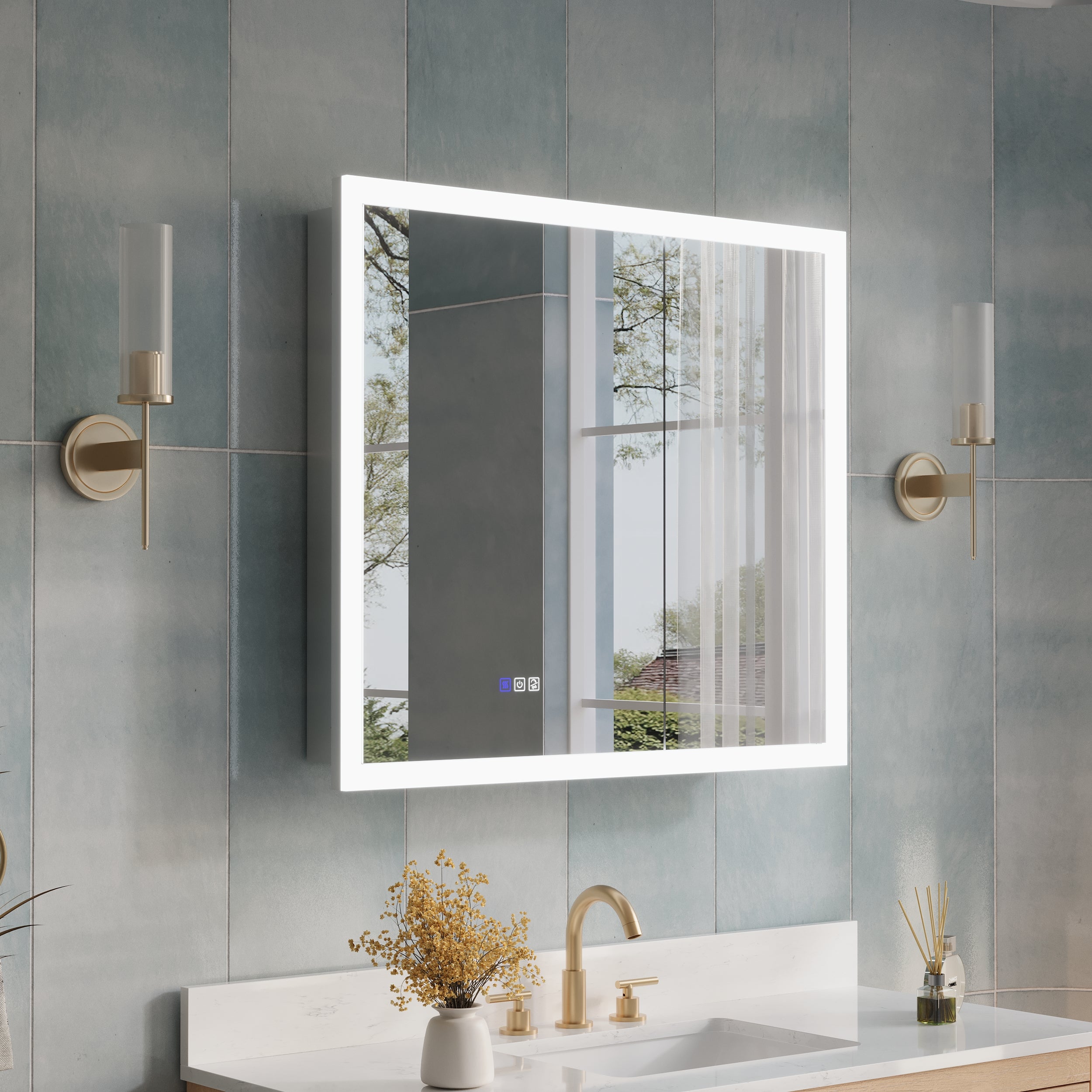




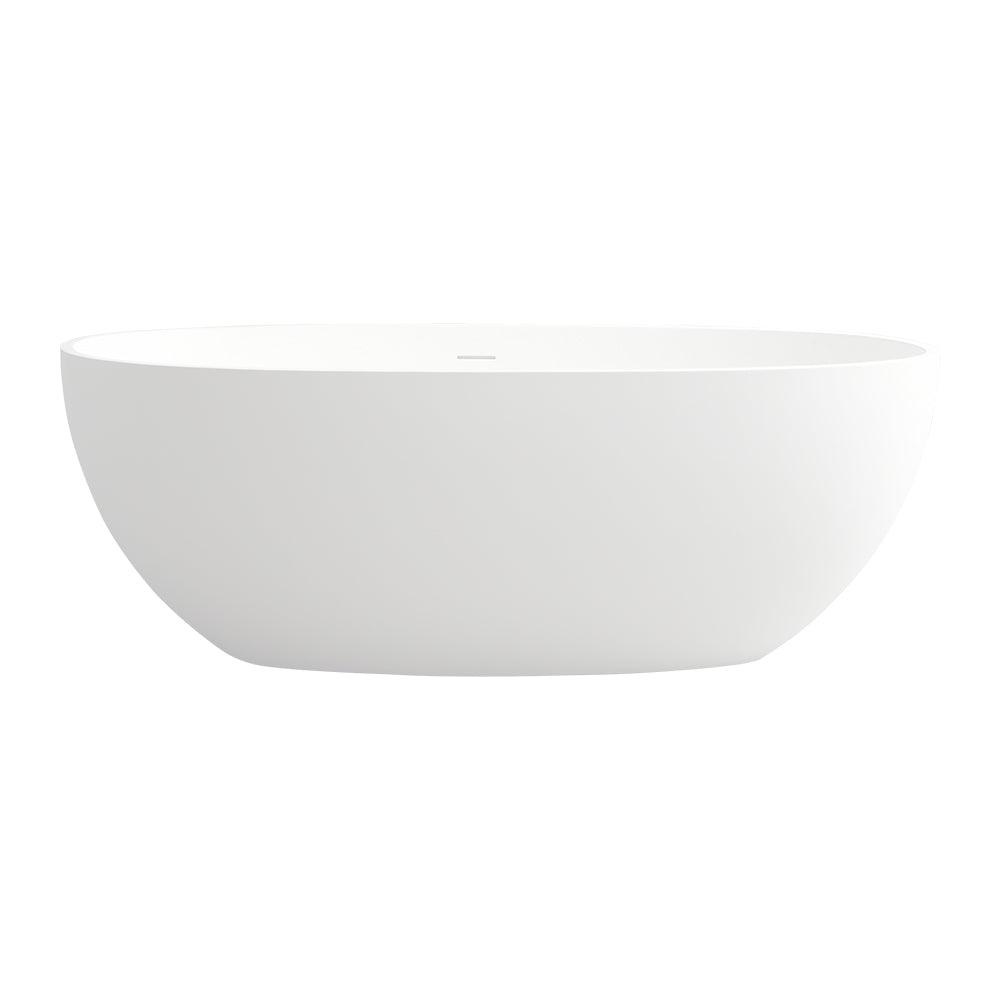
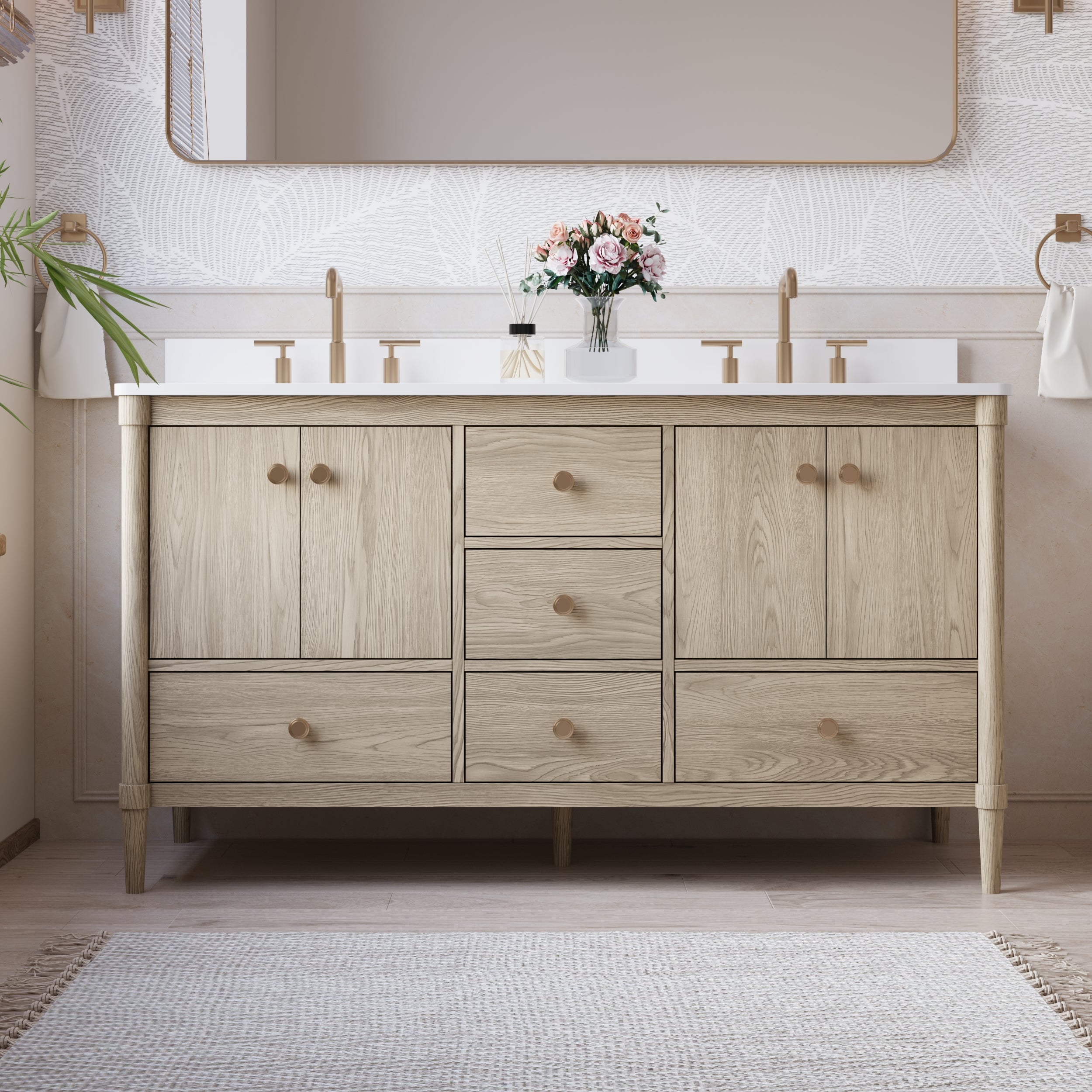
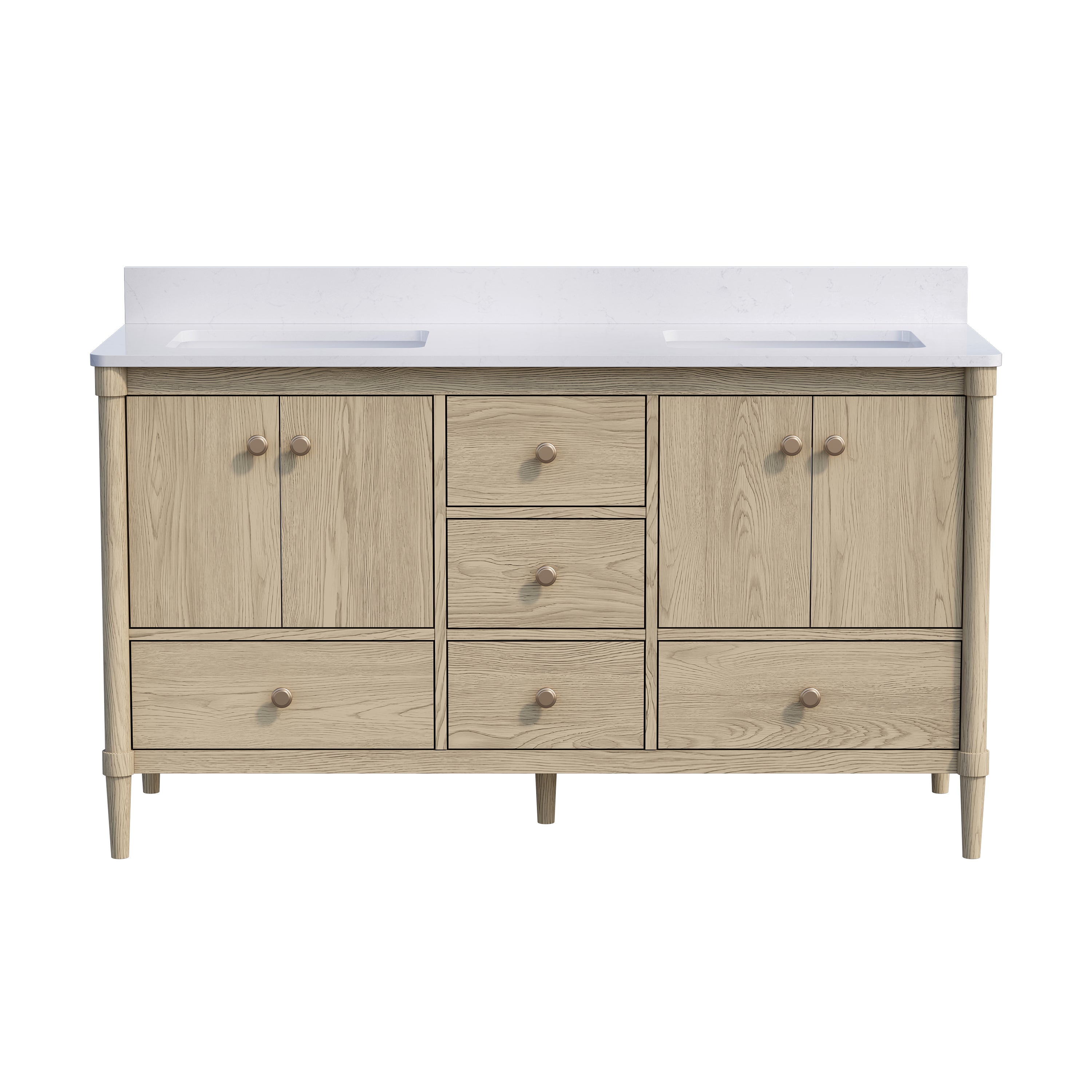
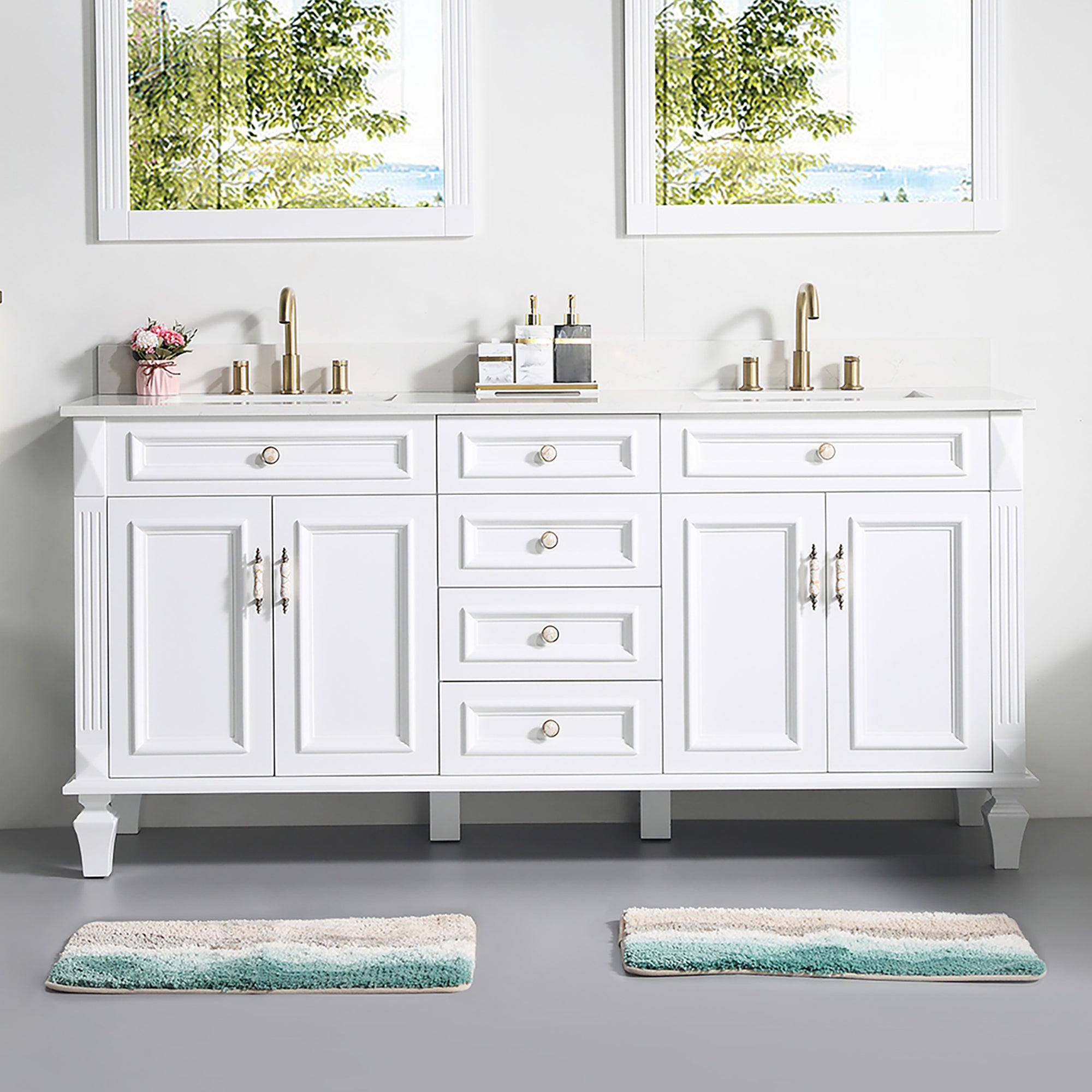

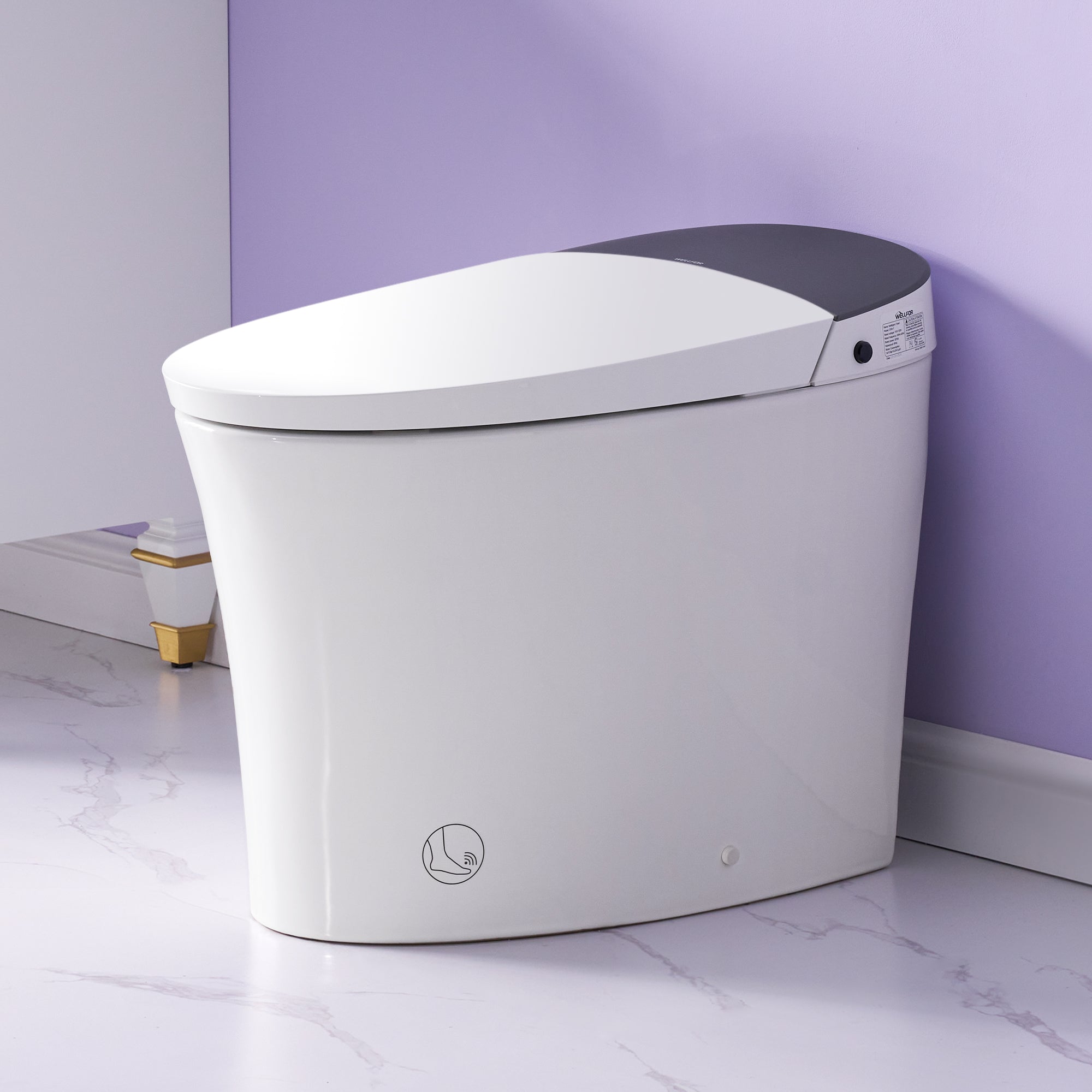
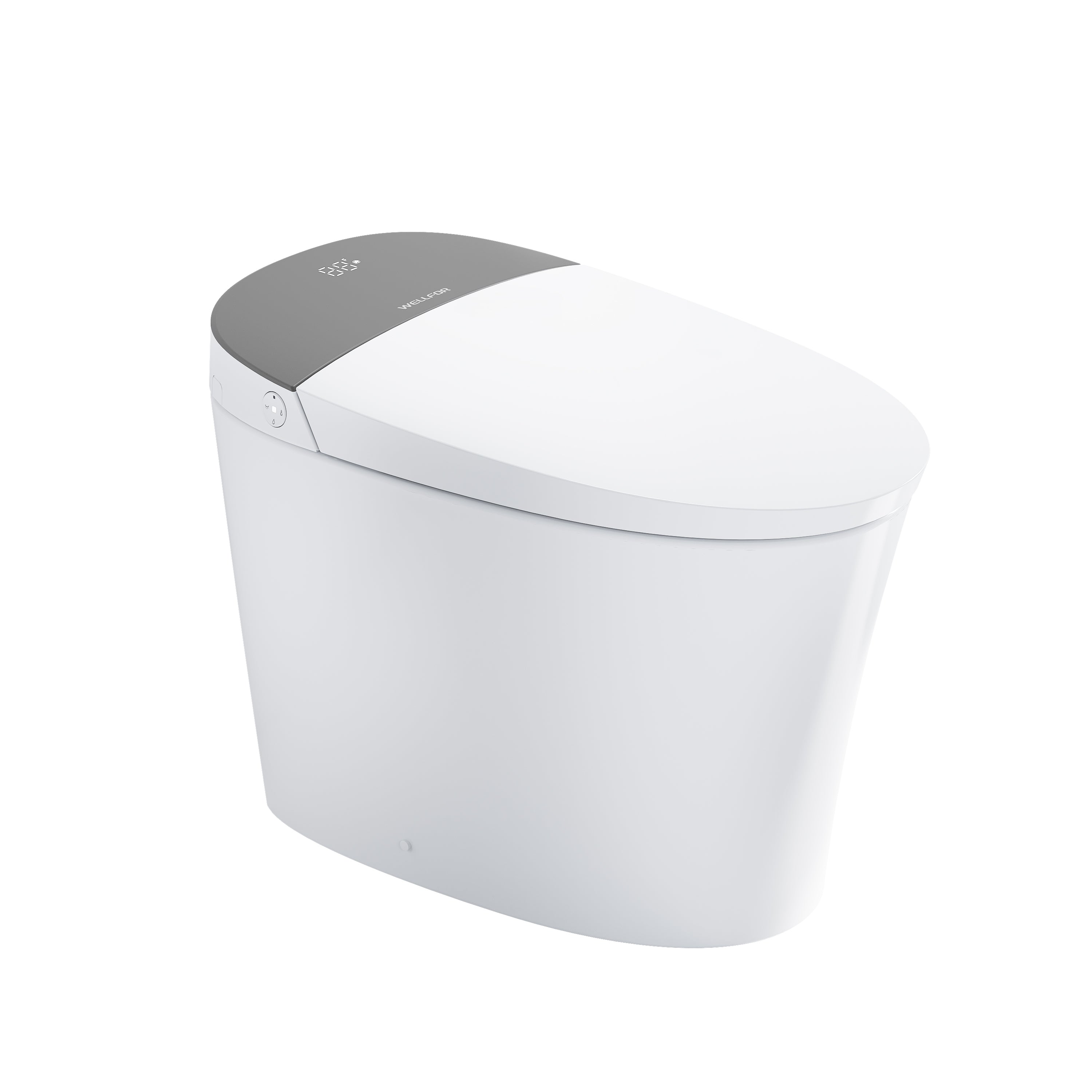

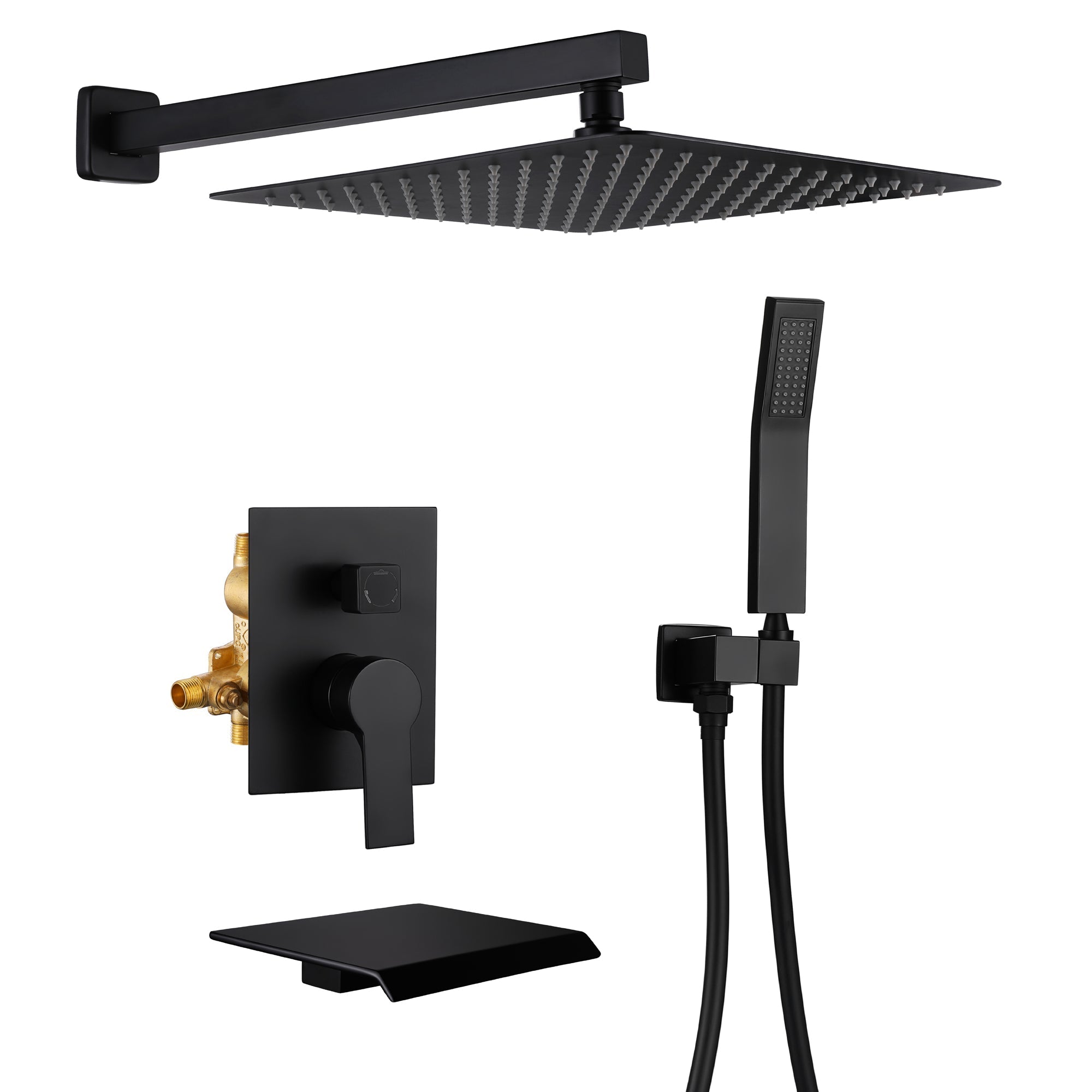
Leave a comment
This site is protected by hCaptcha and the hCaptcha Privacy Policy and Terms of Service apply.